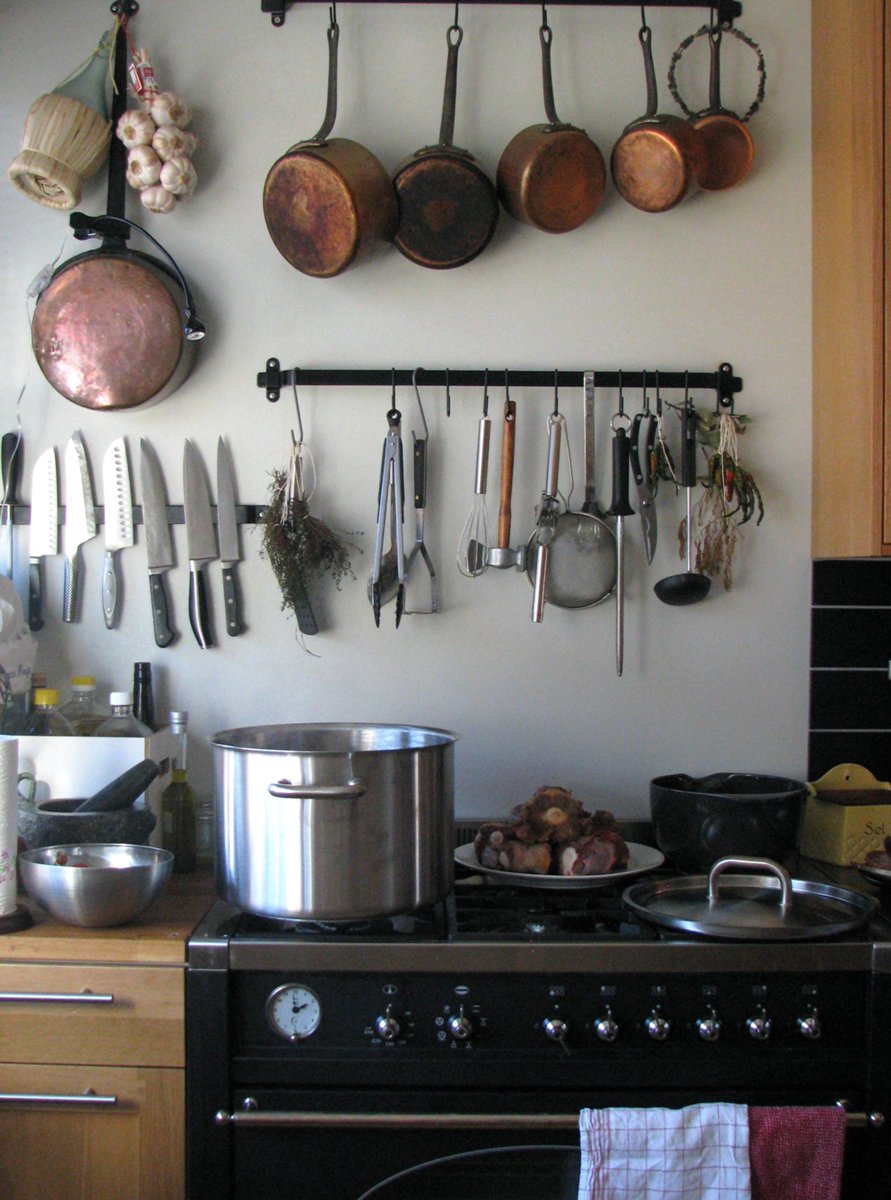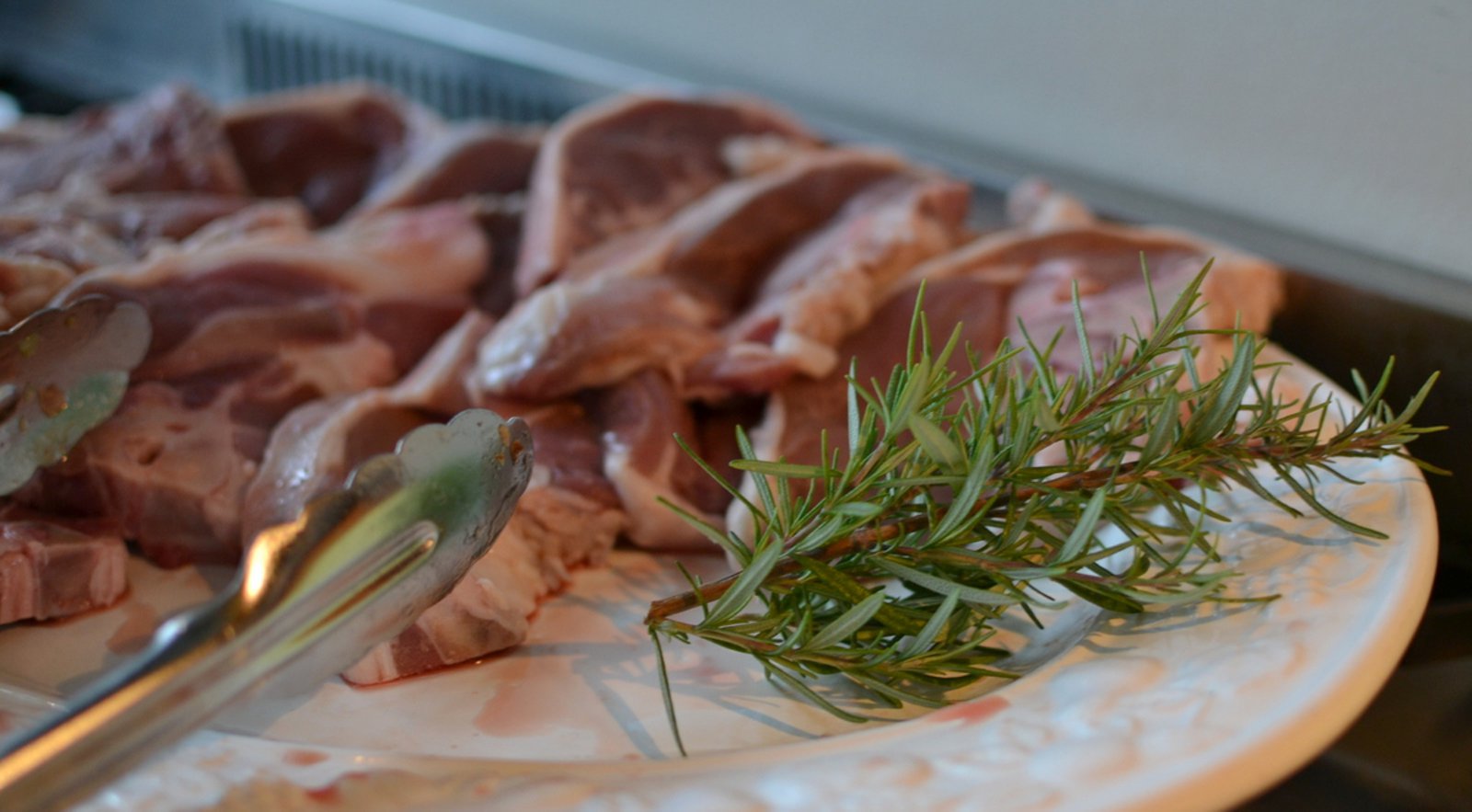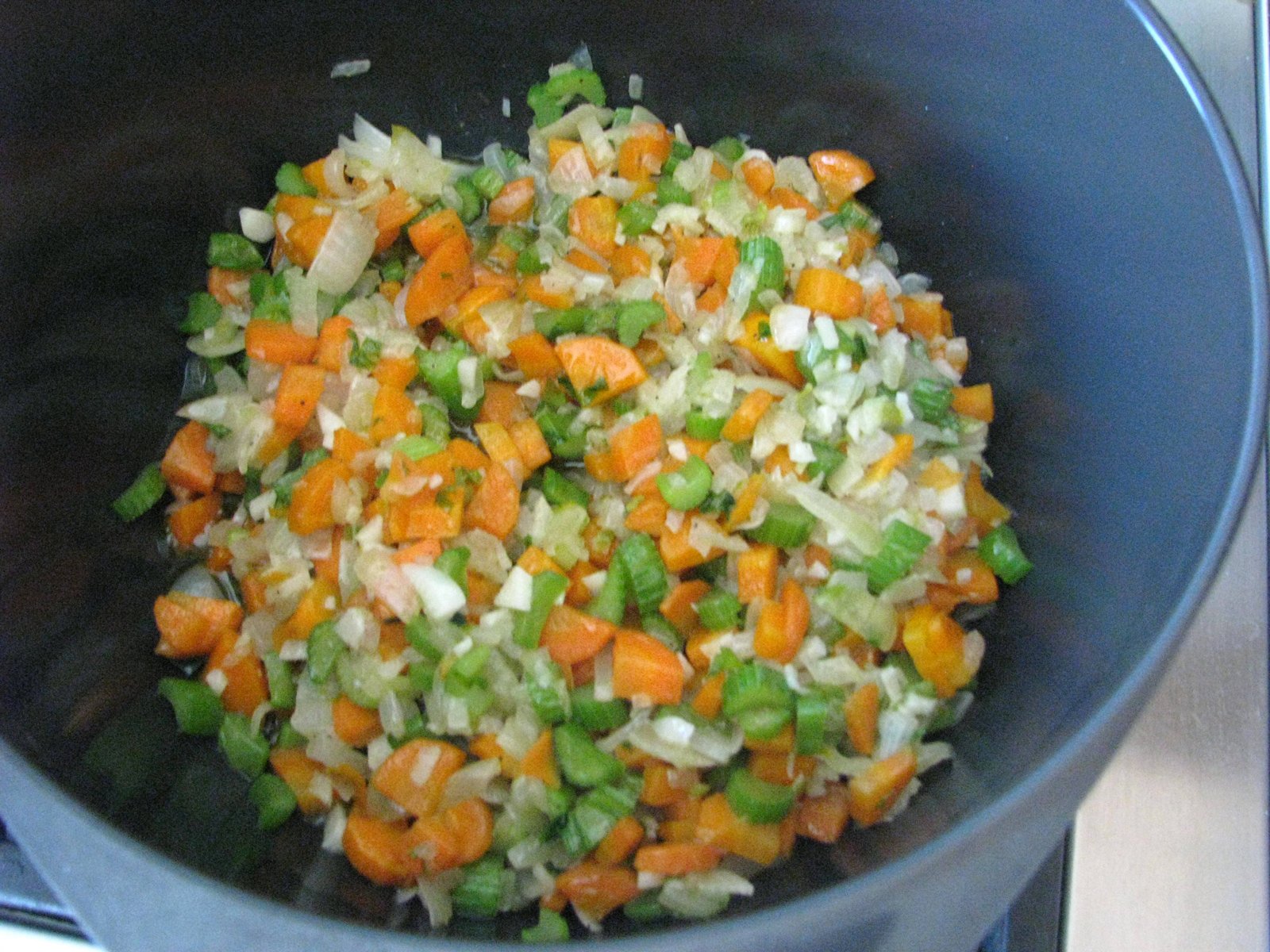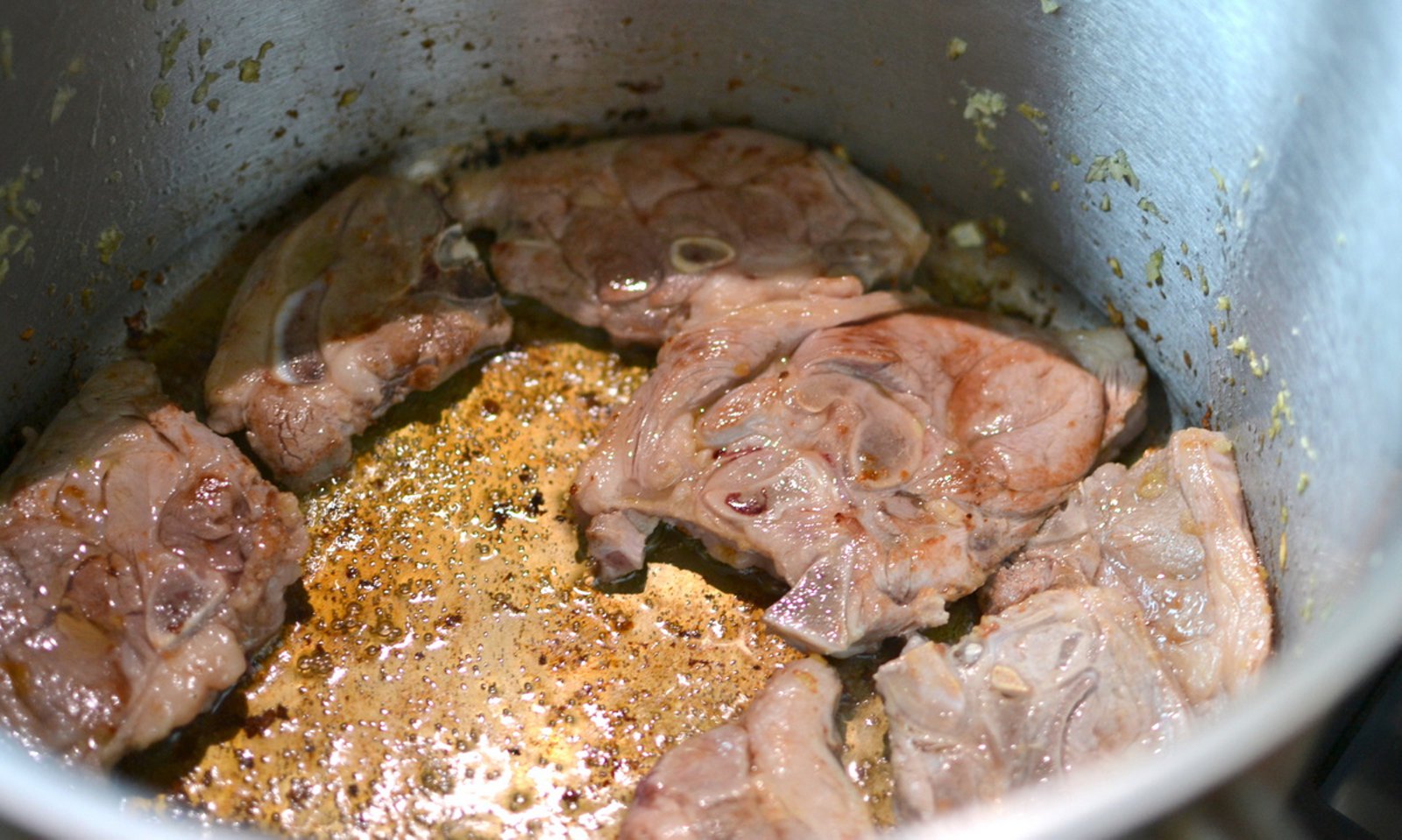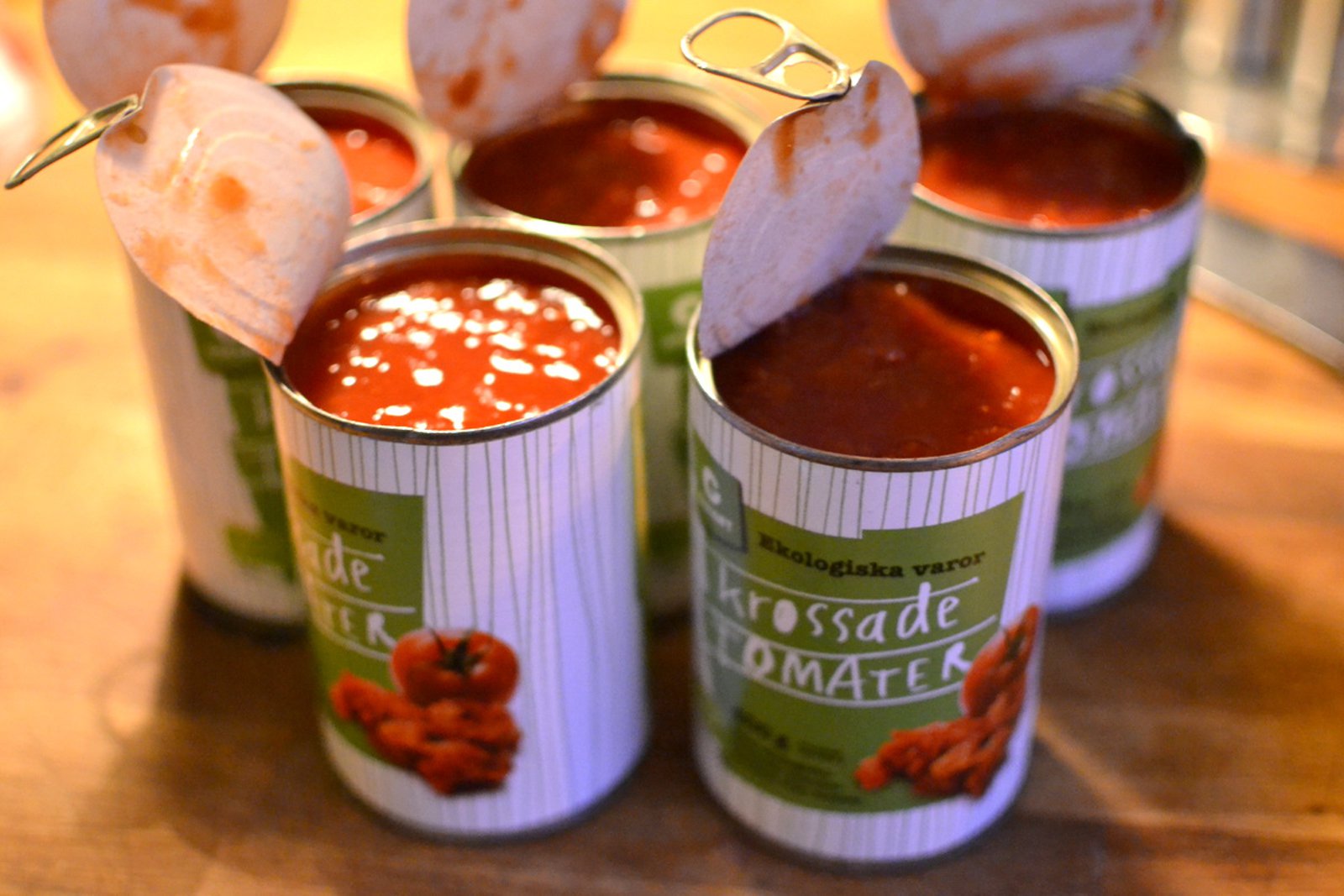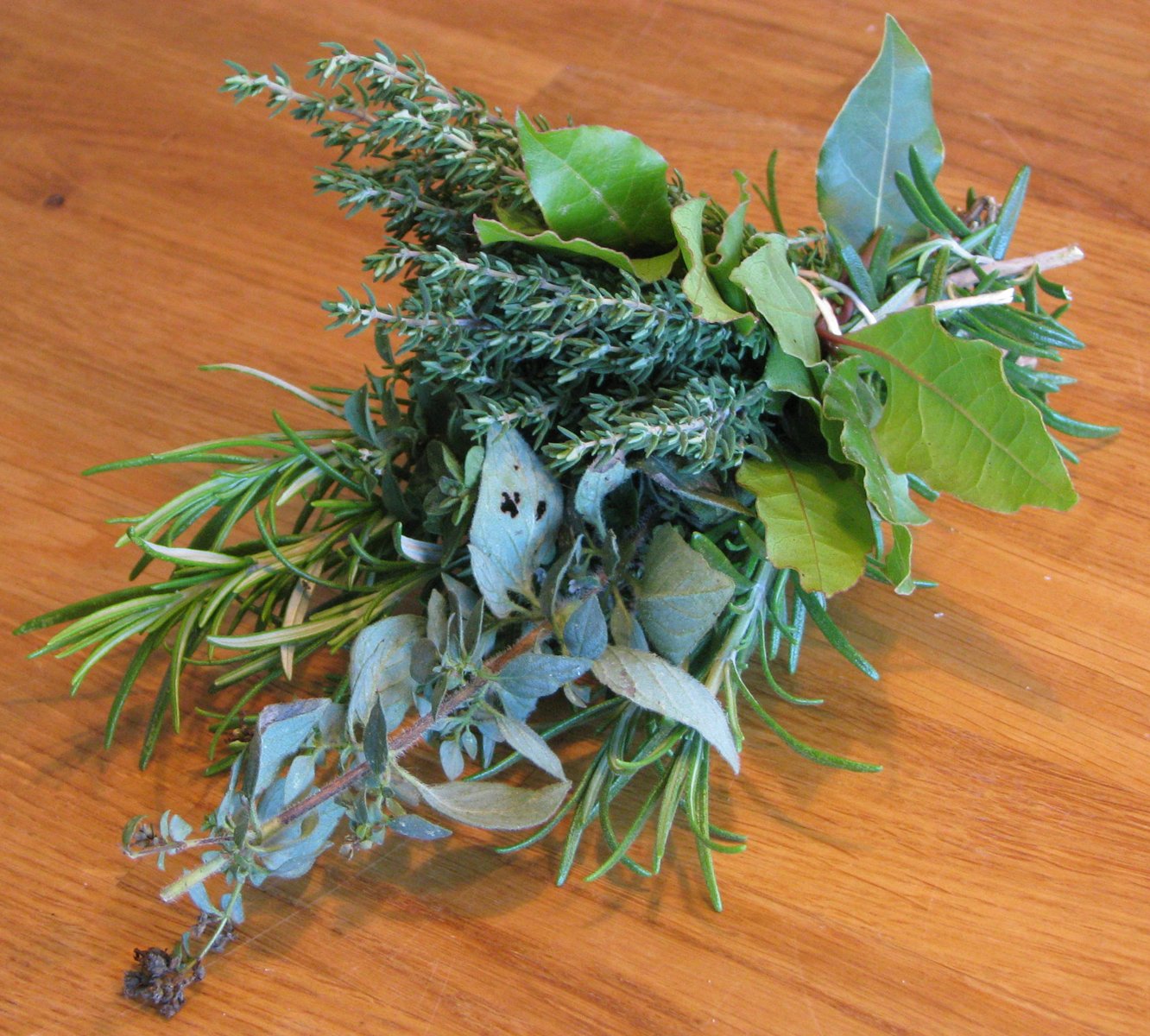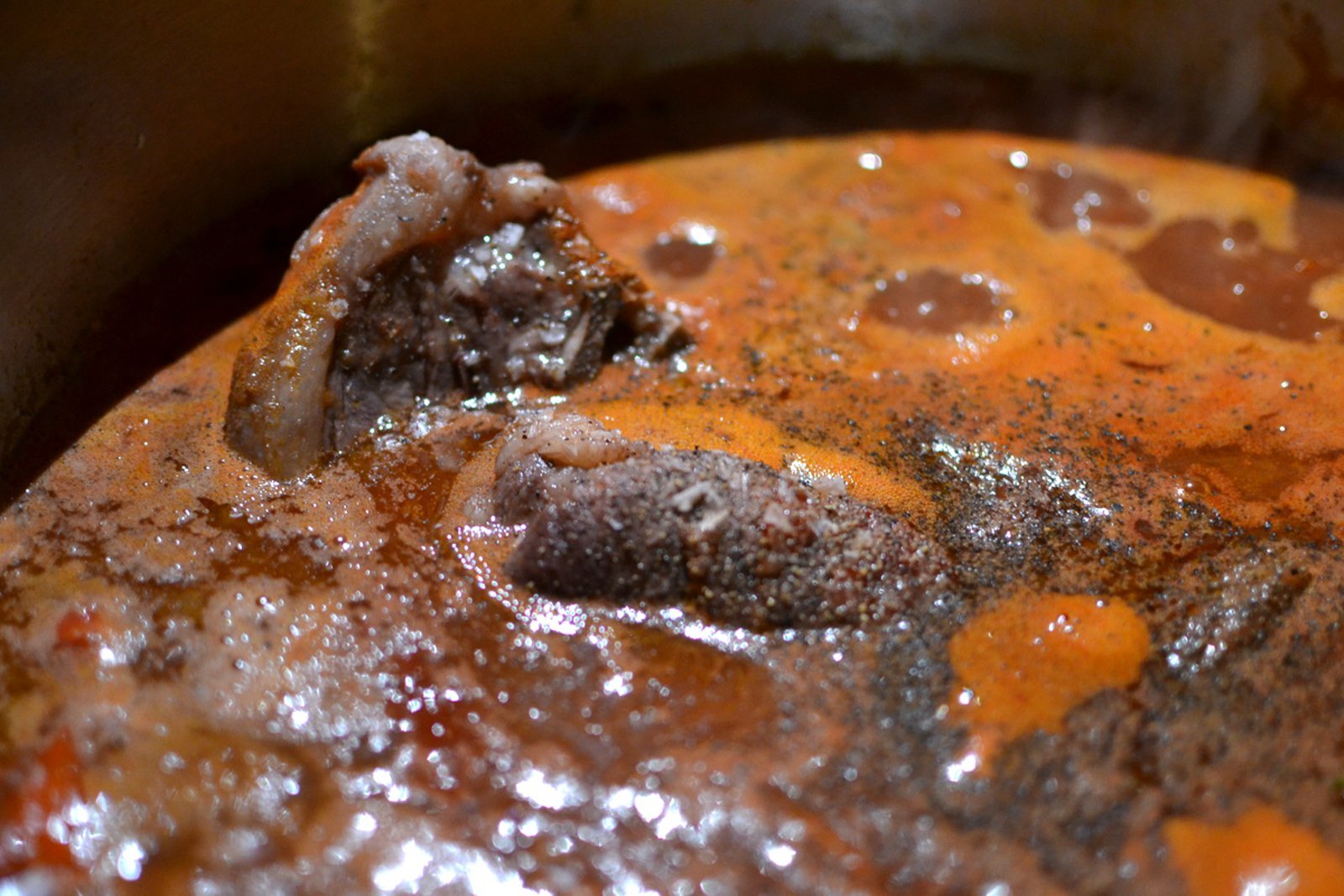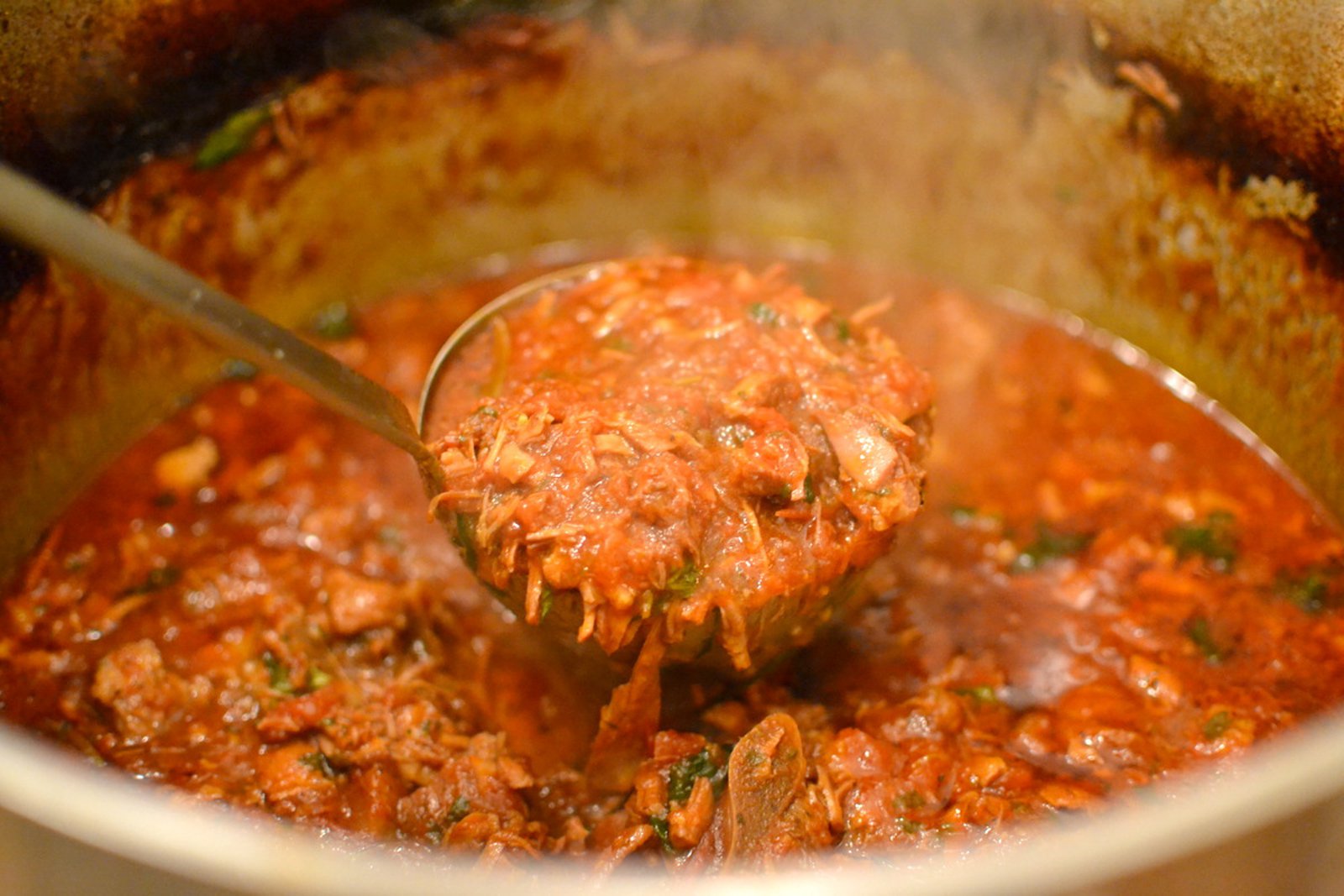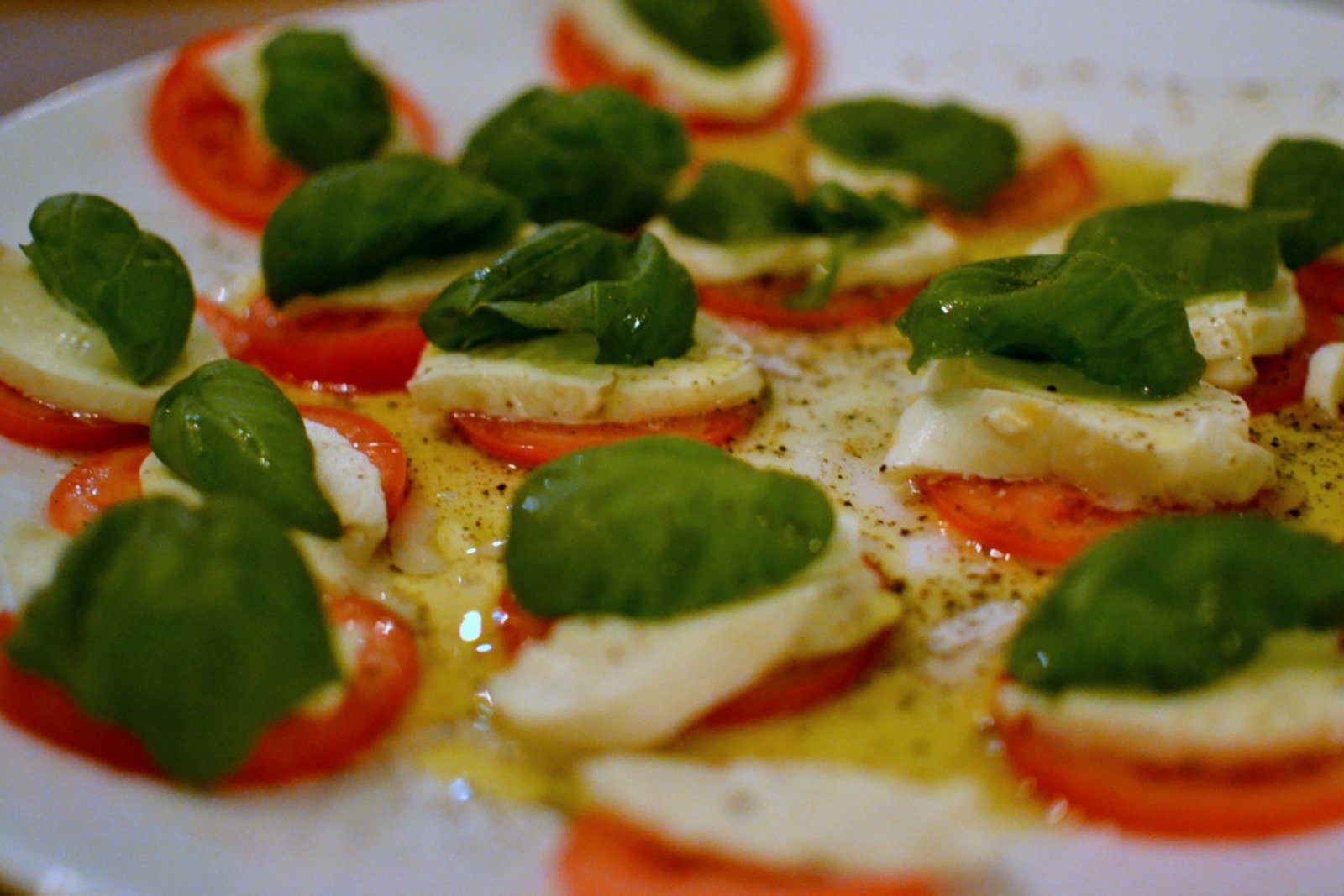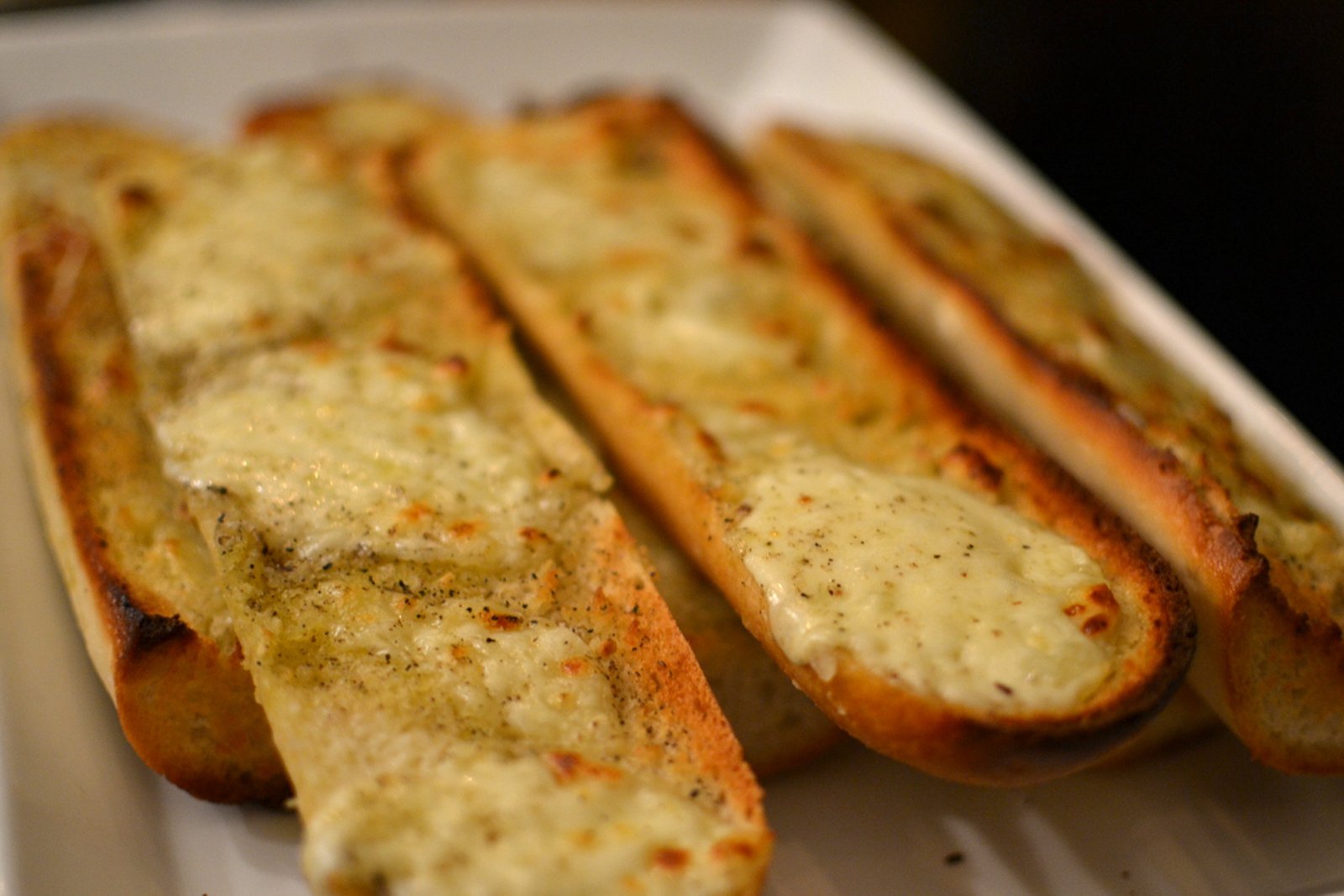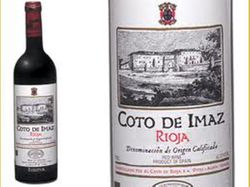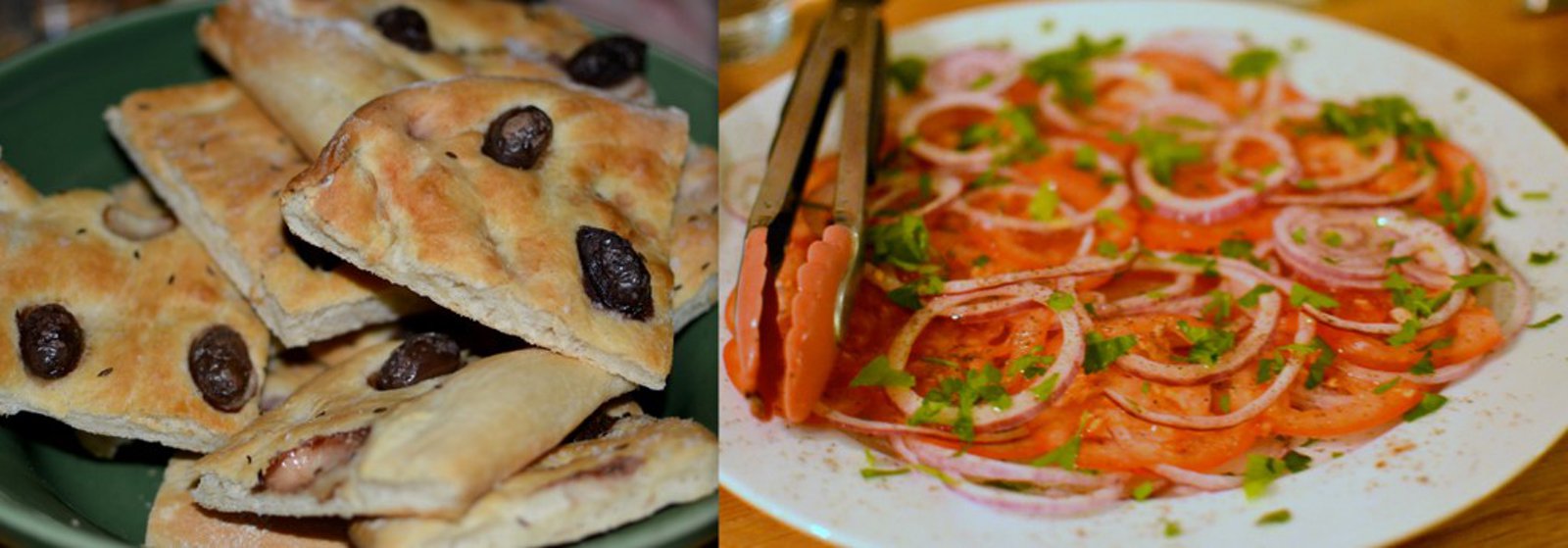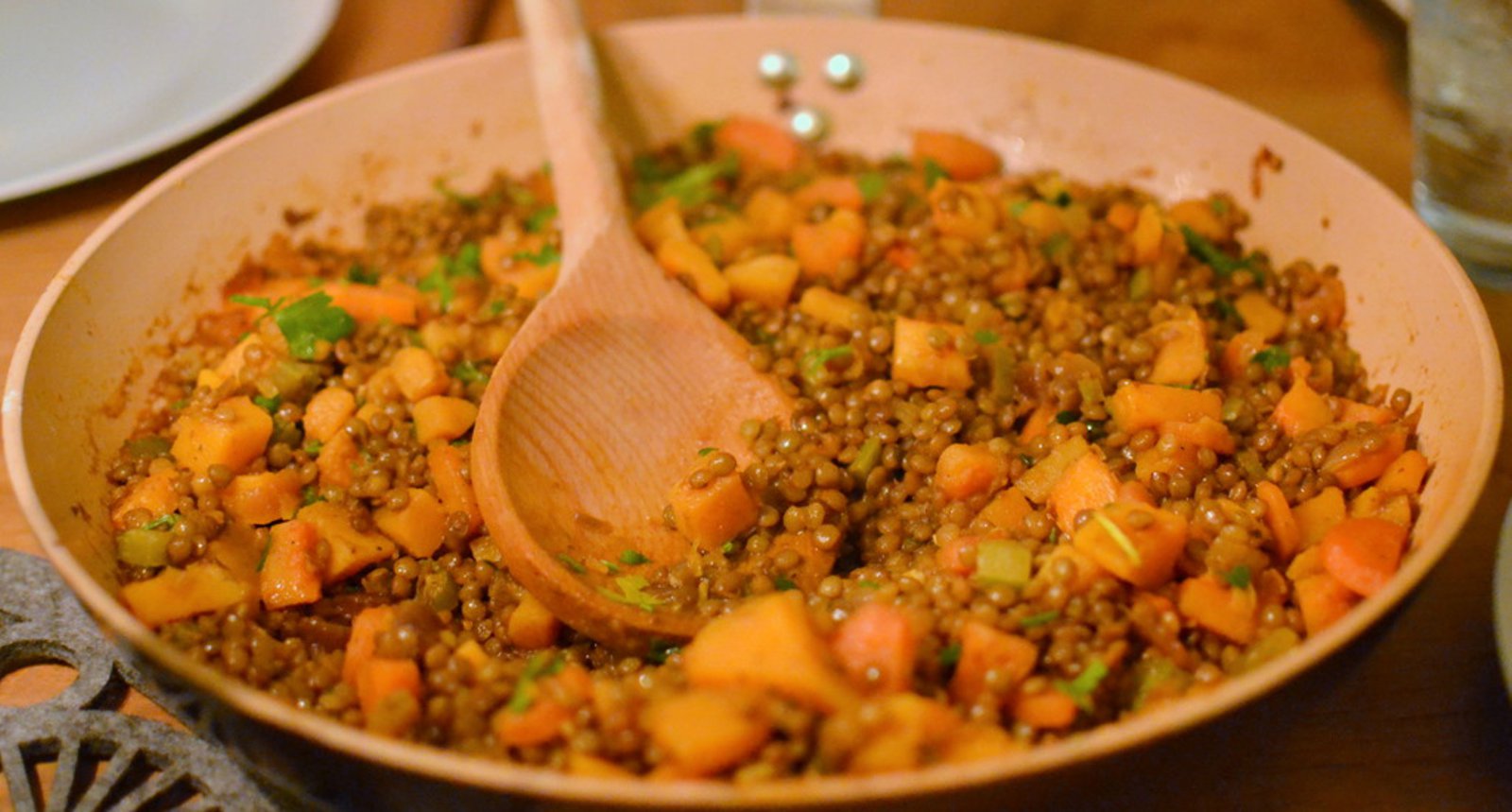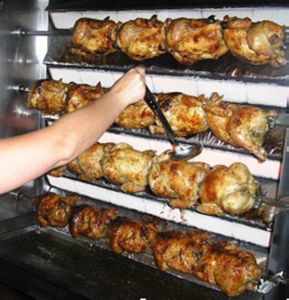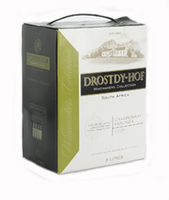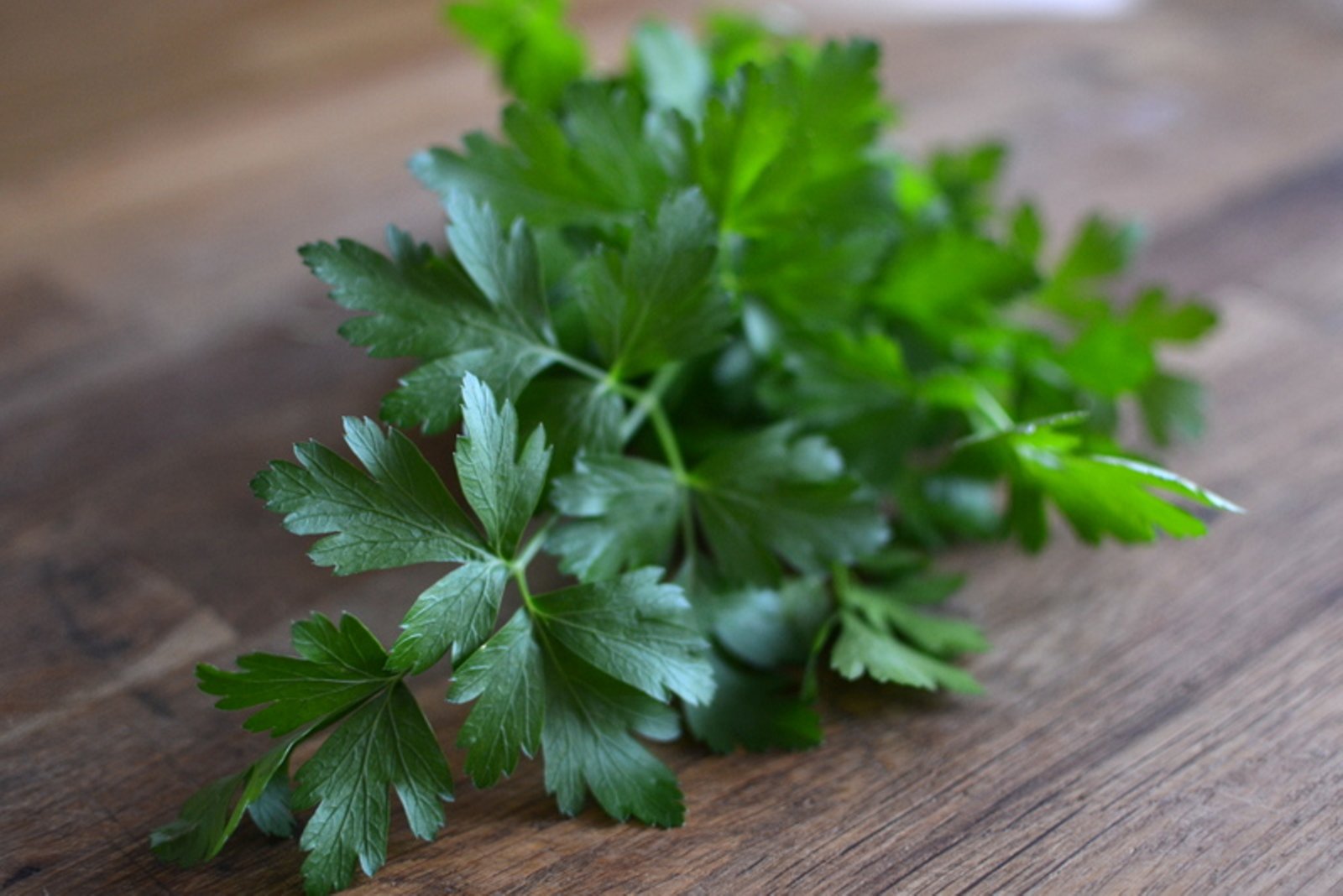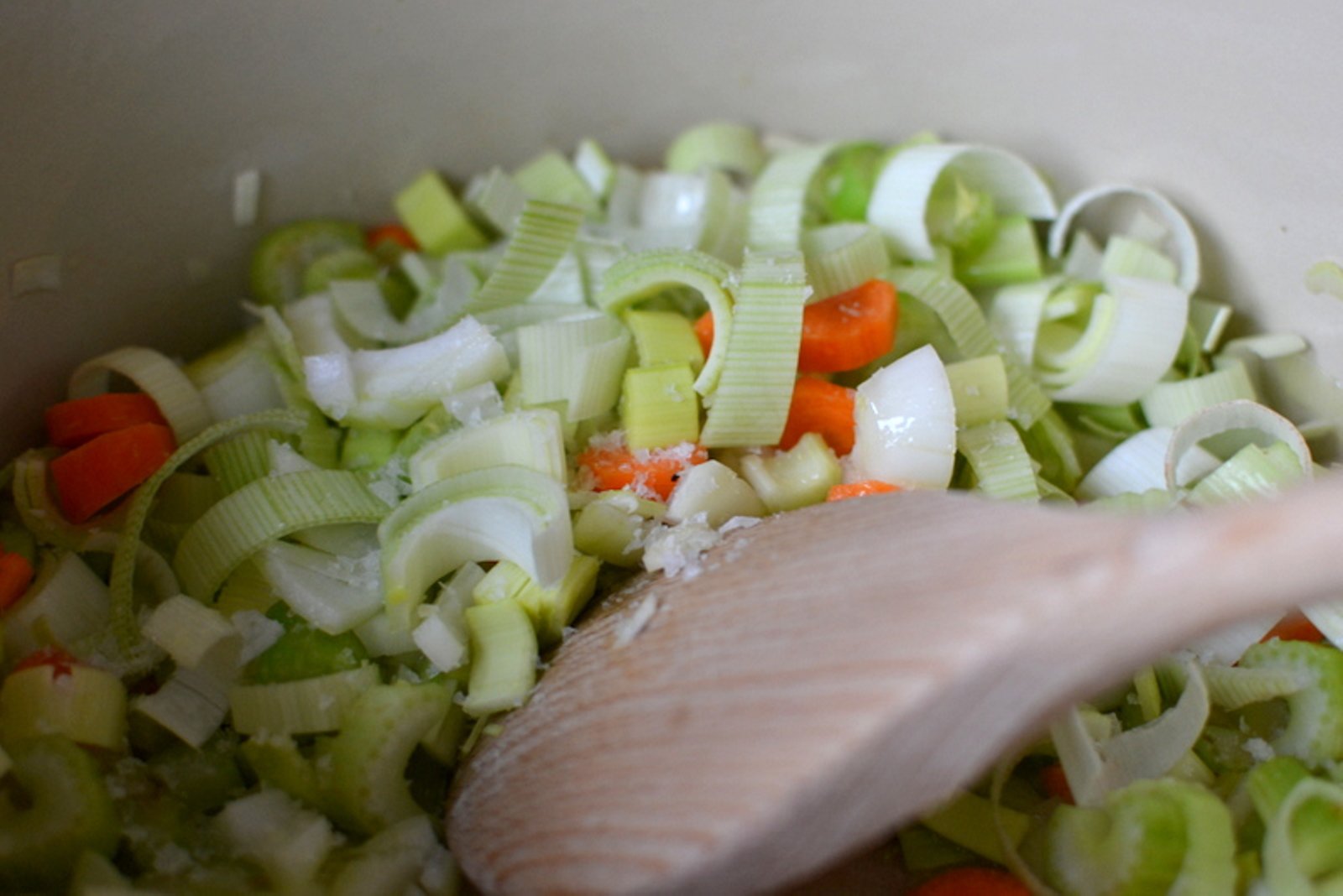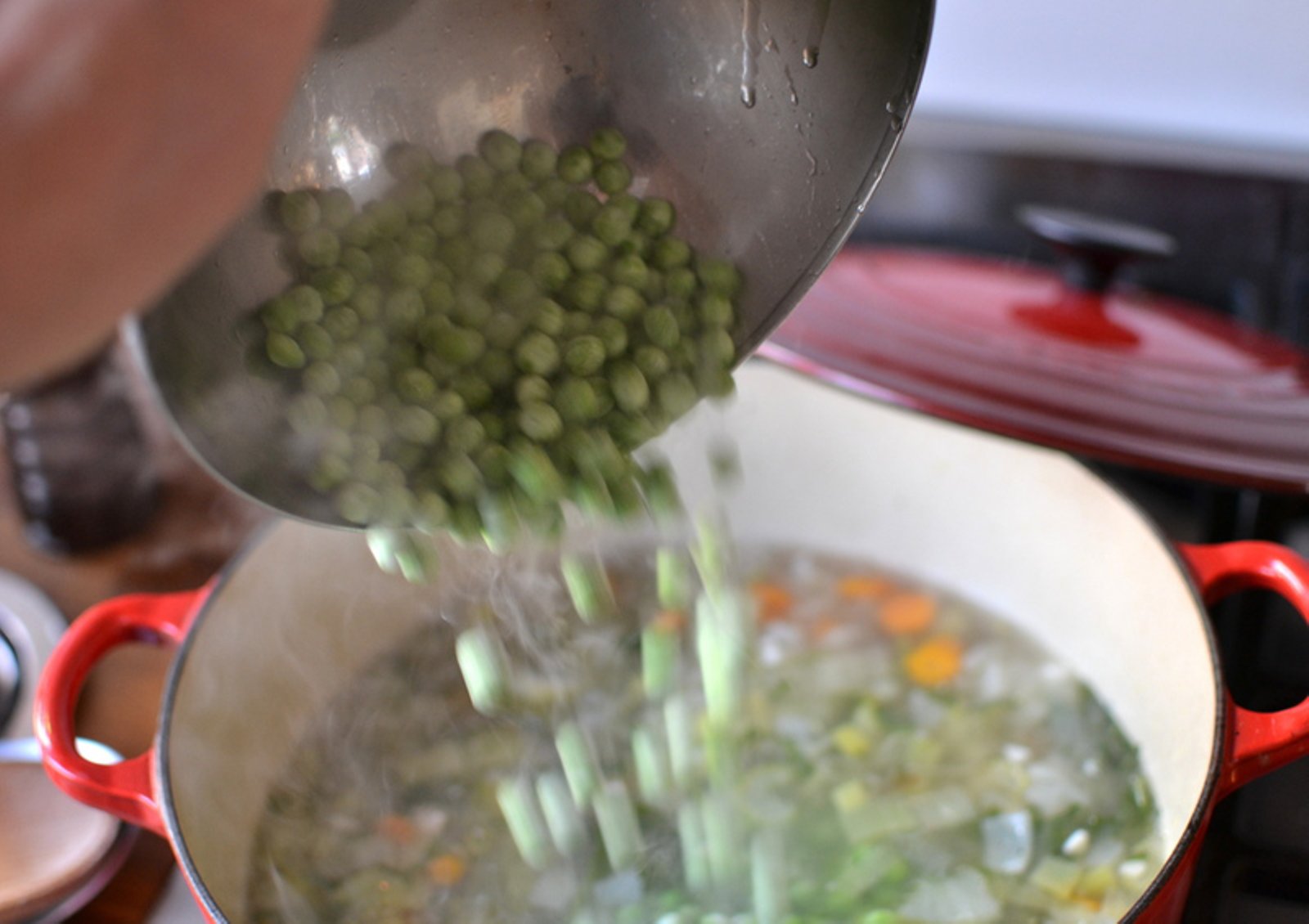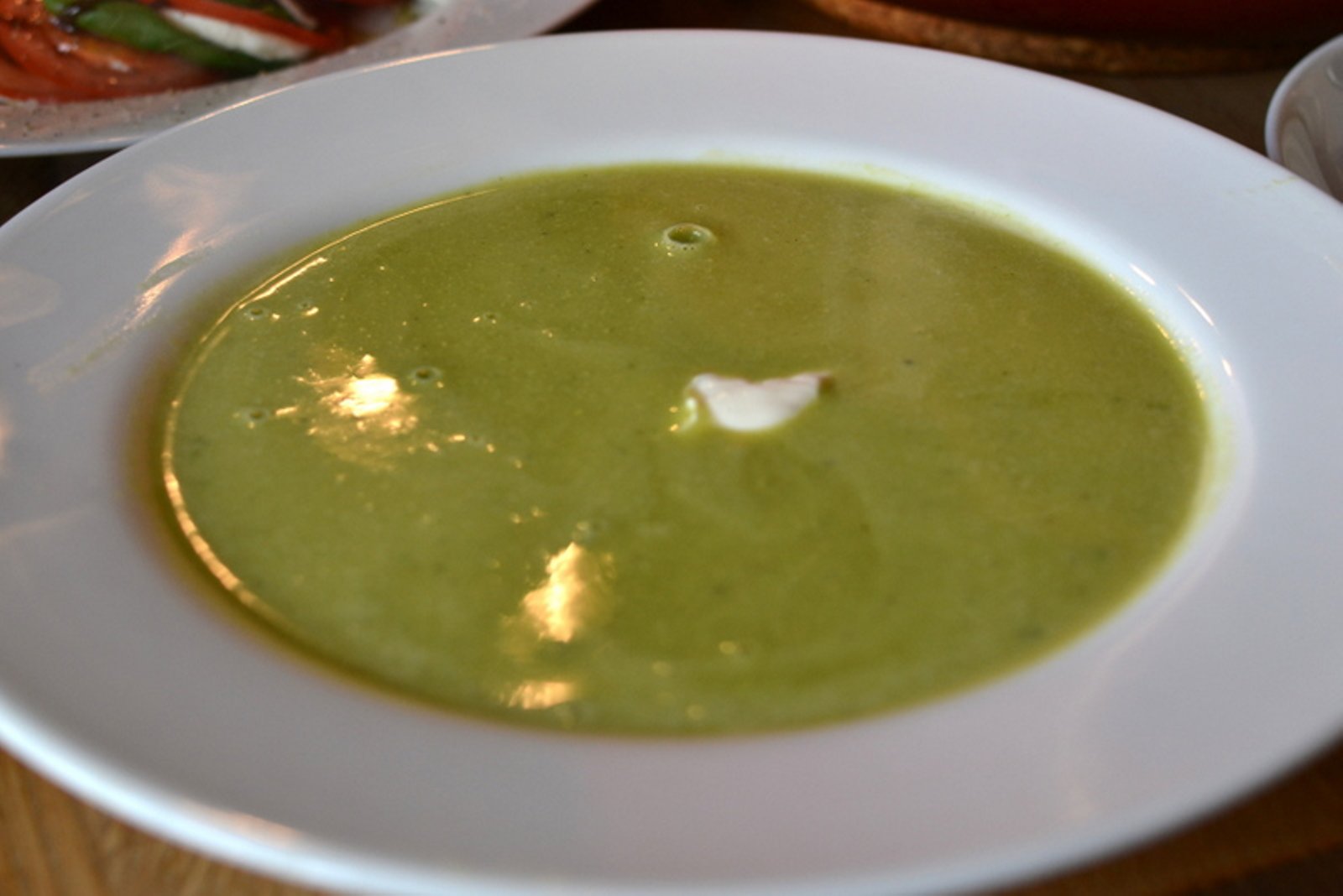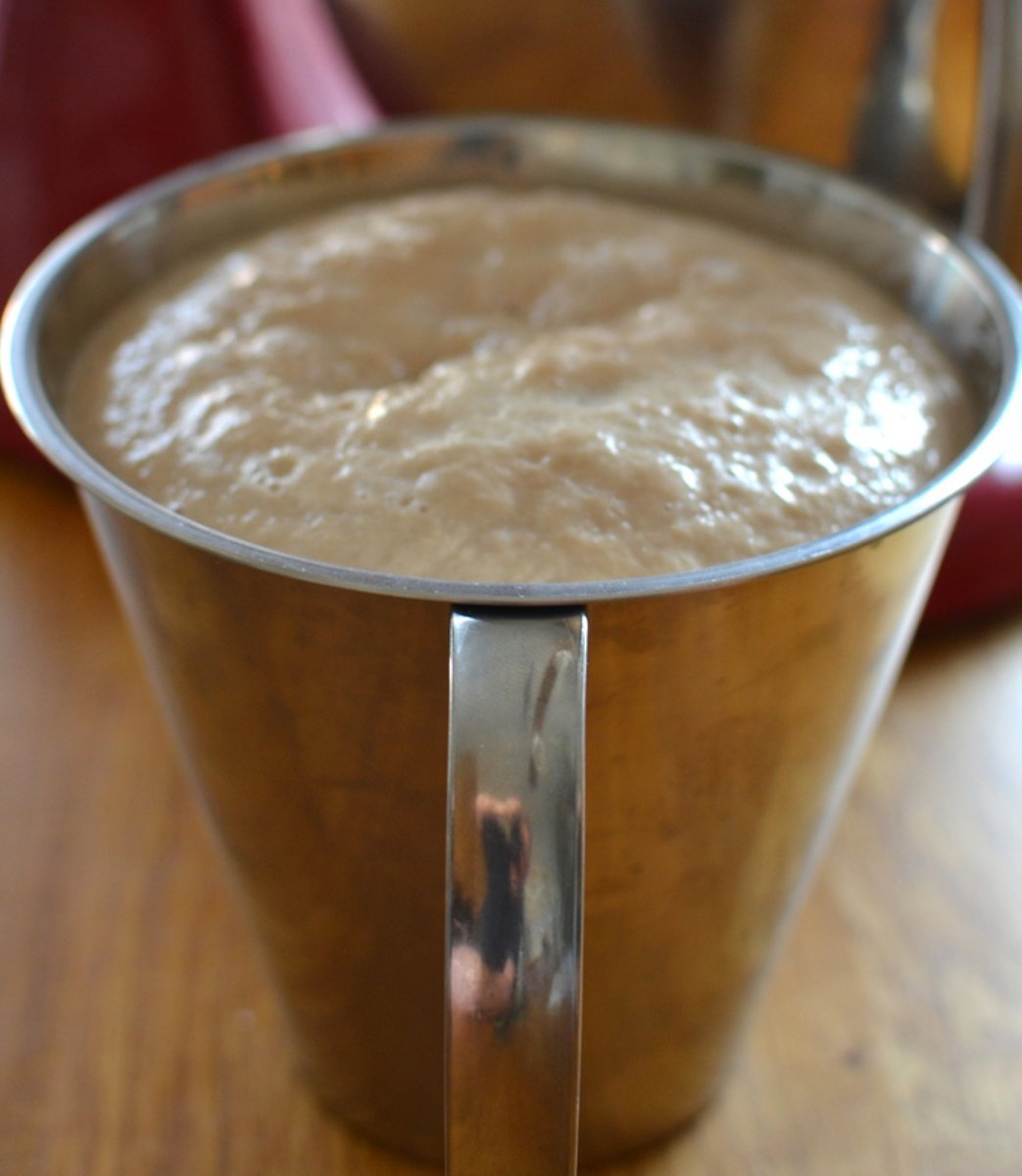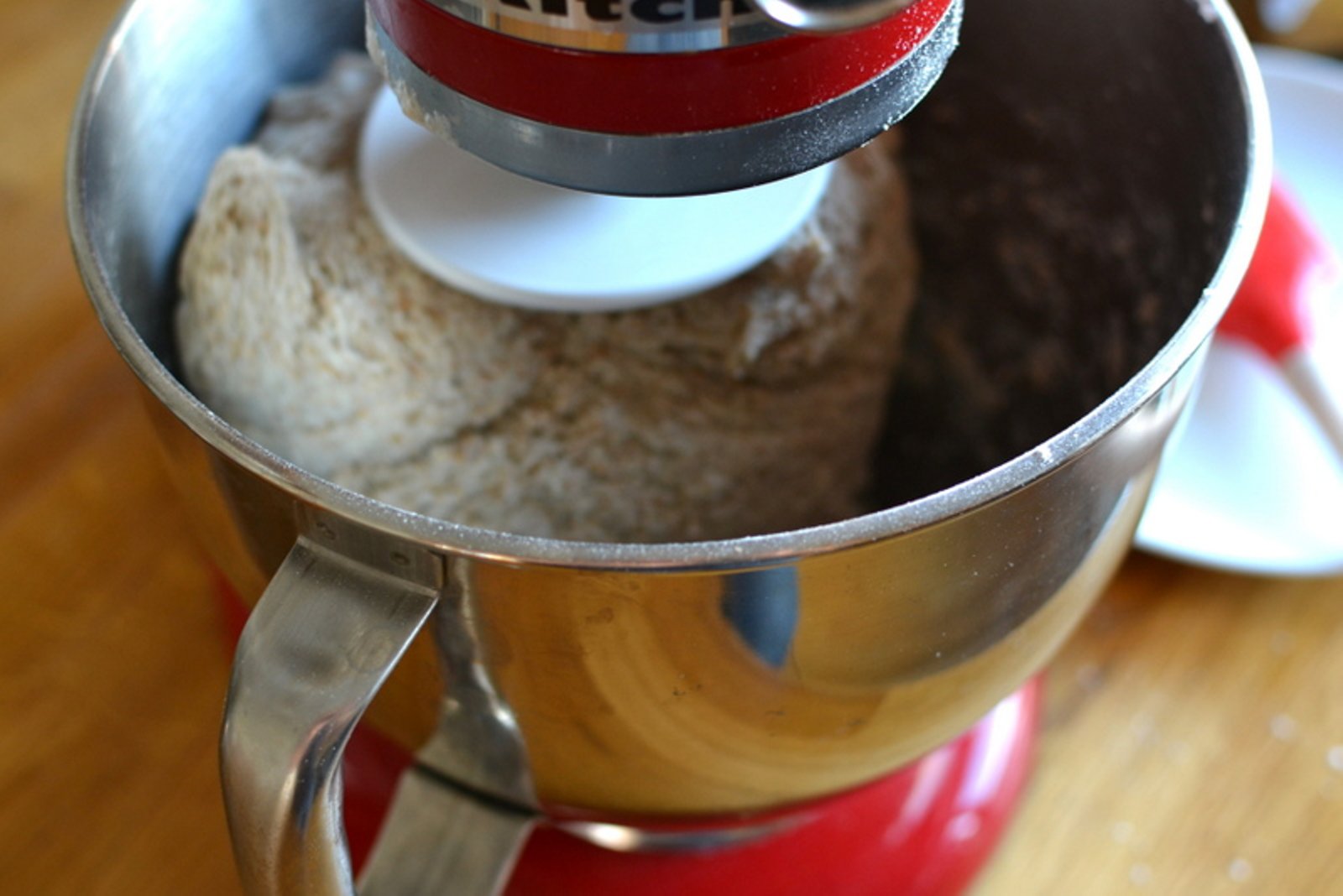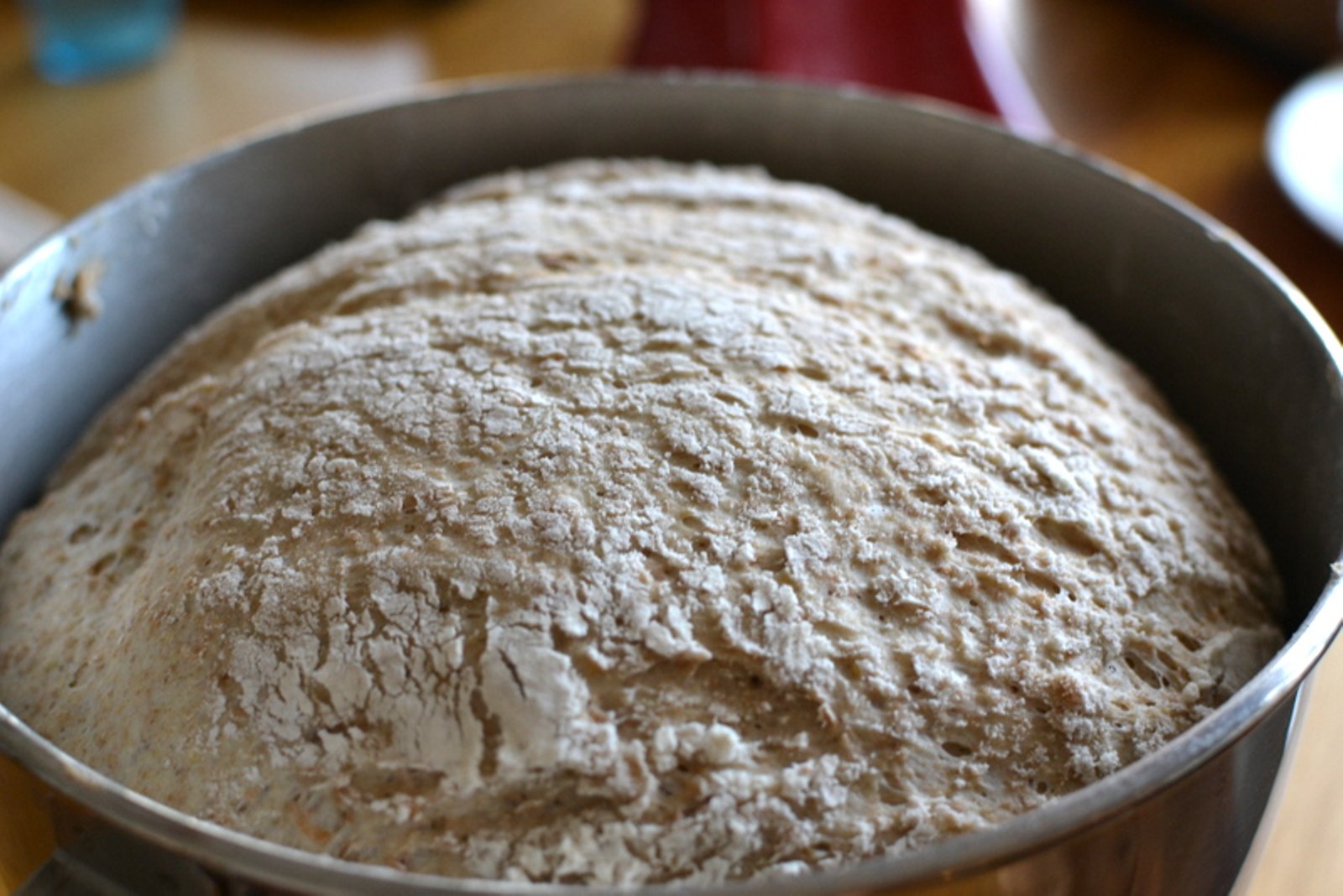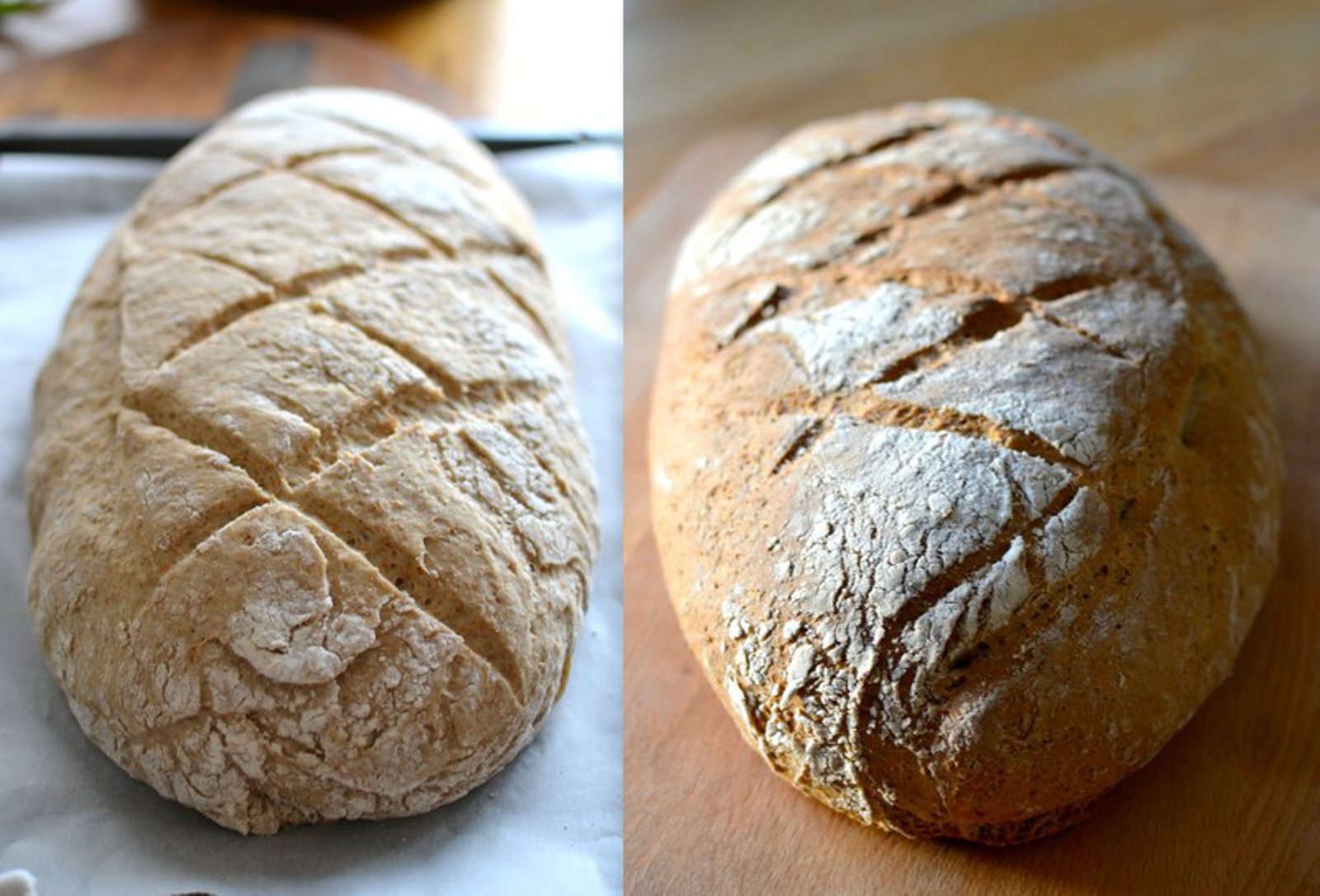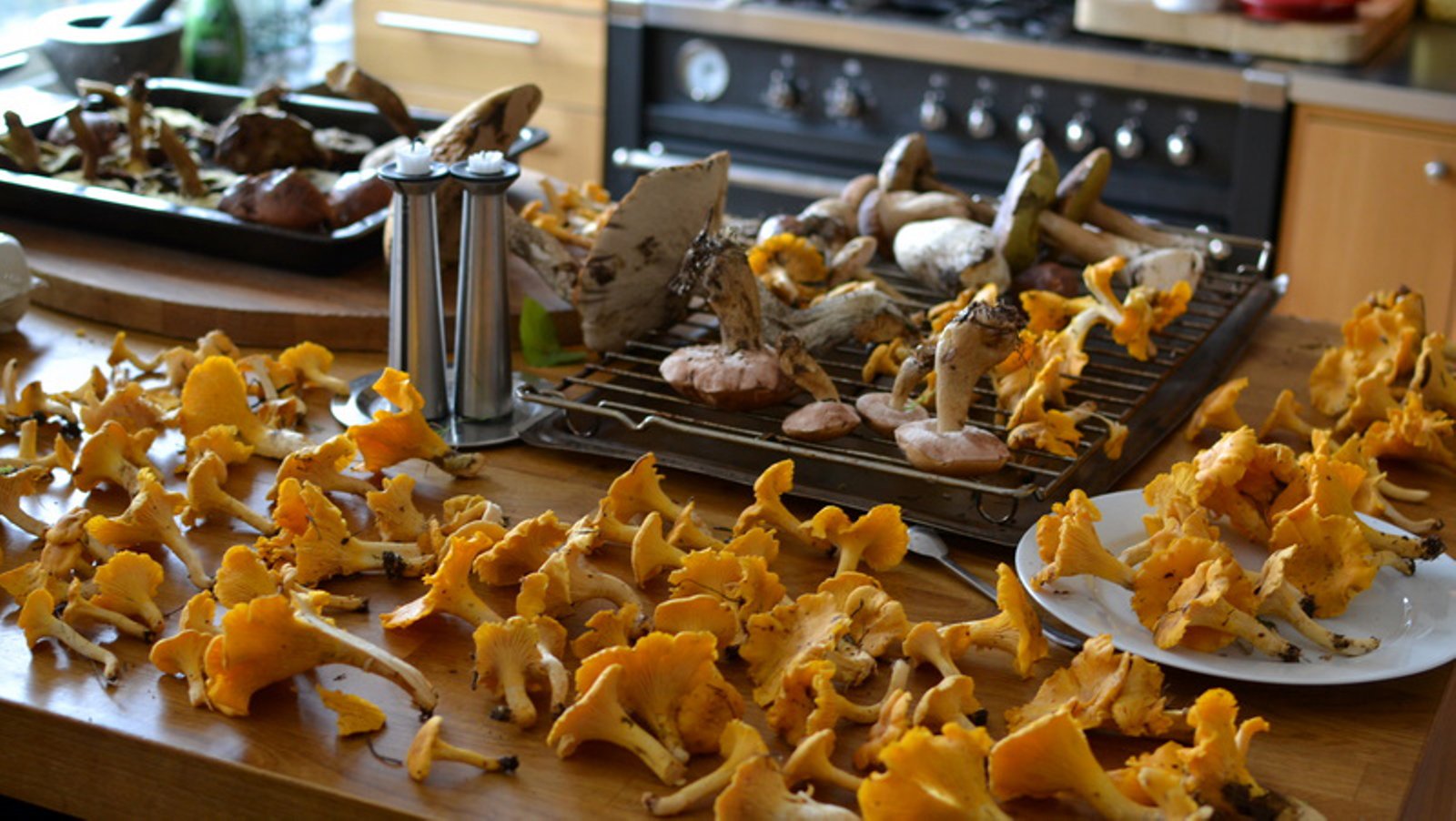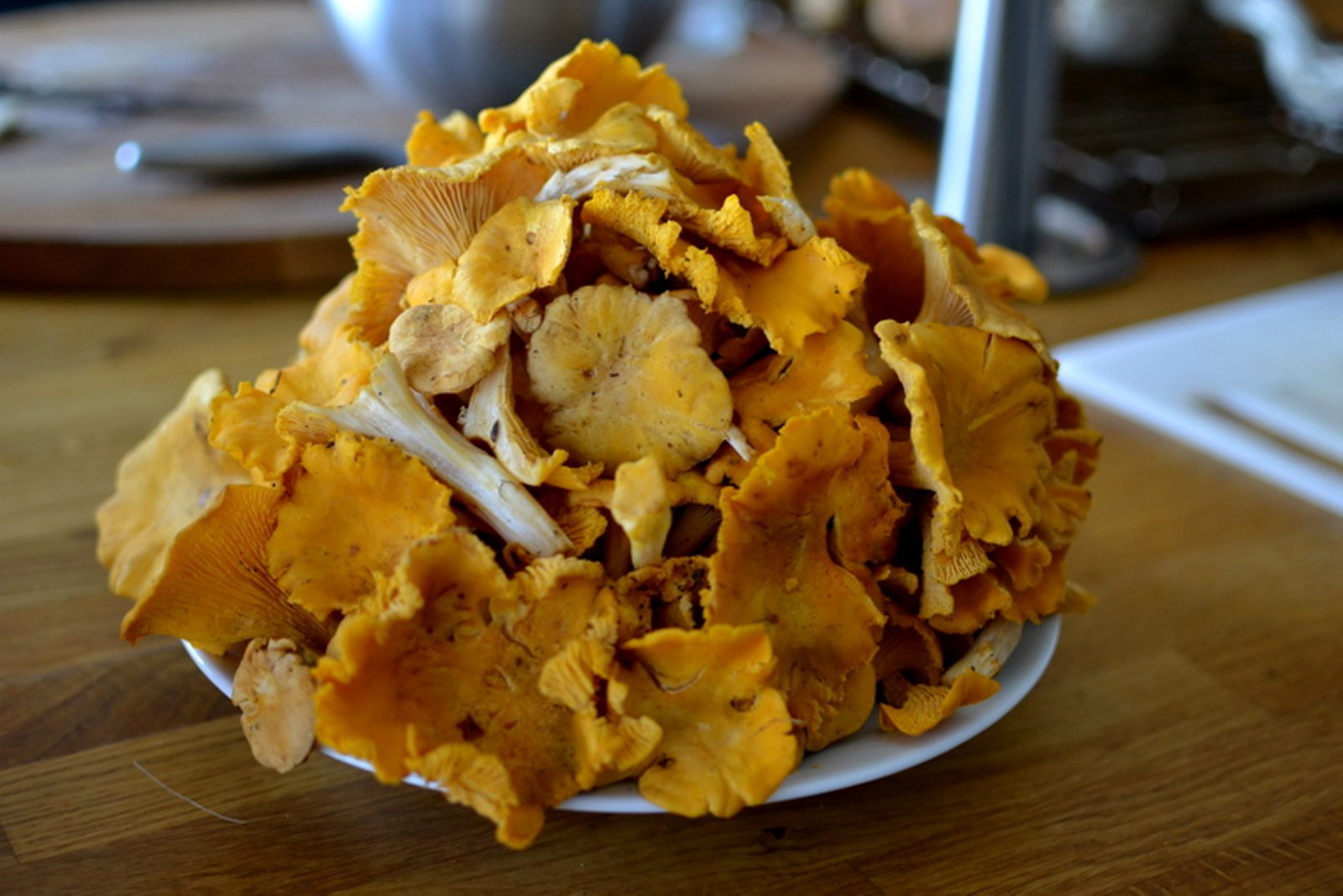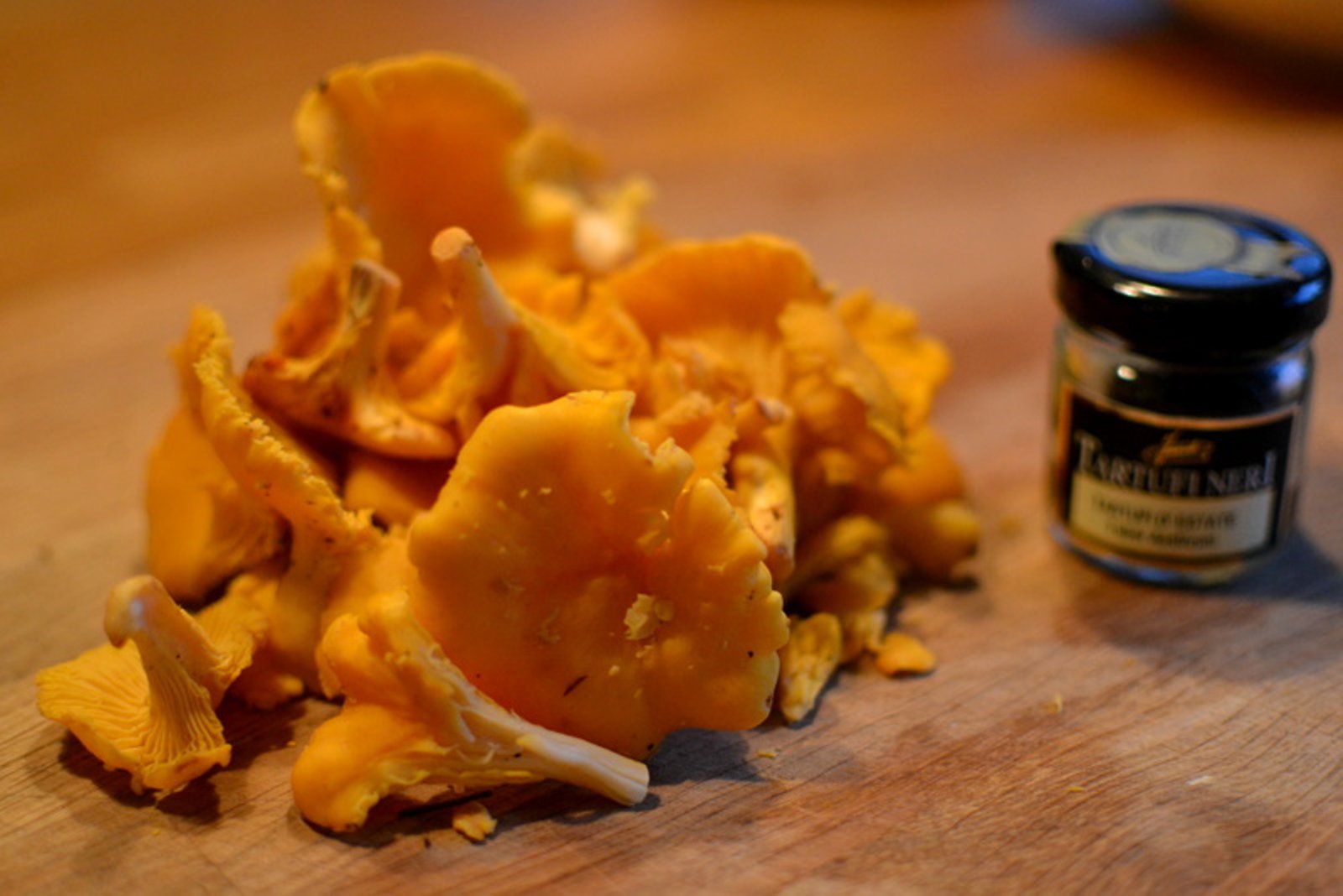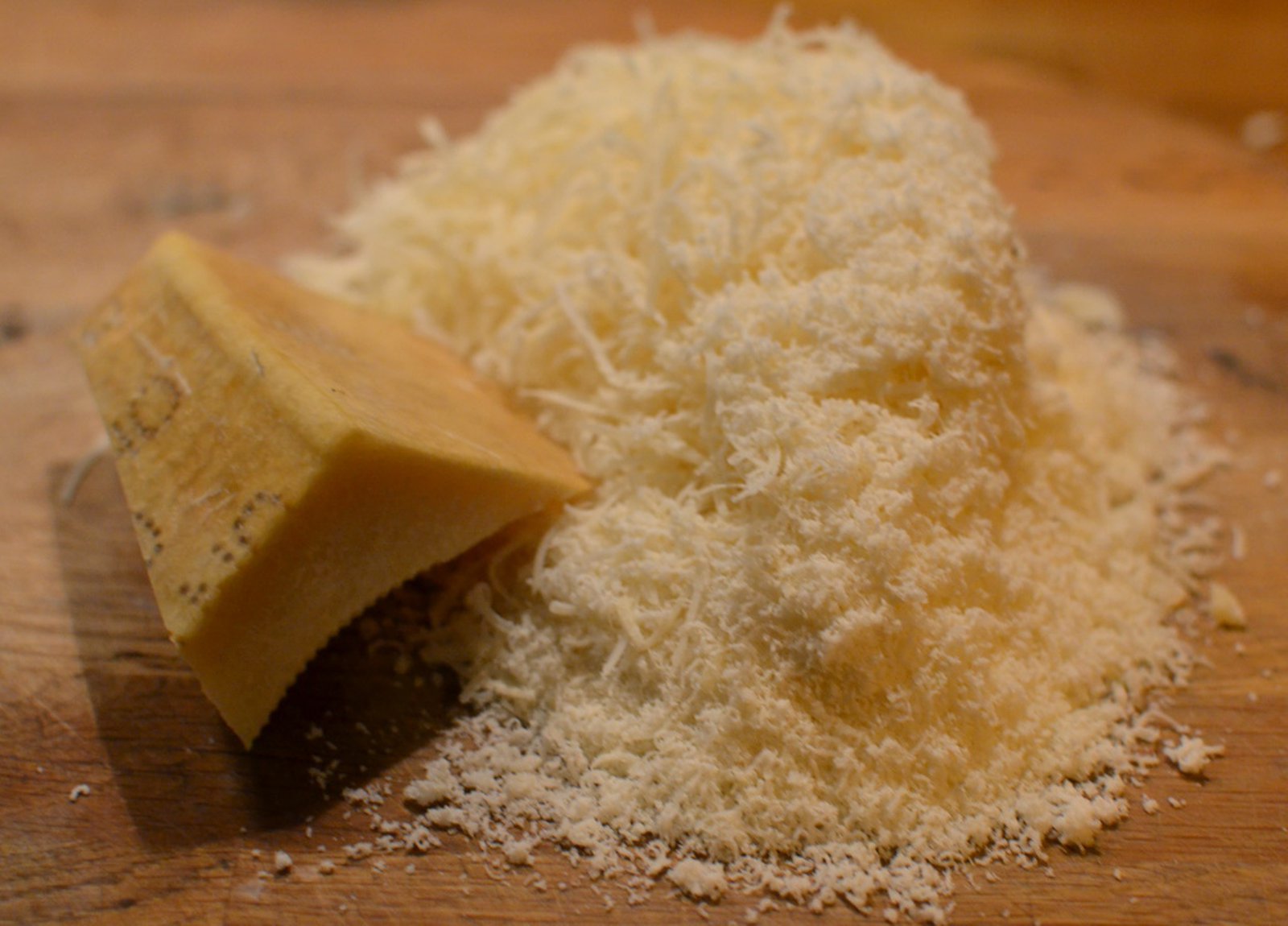 |
| What would this dish be without heaps of parmigiano cheese? |
This dish is a classic in Italian kitchens. It is known across Italy though in varying version depending on regions. As far as I can gather, the famous Italian chef Marcella Hazan was skeptical as to whether to include this recipe in her bible of Italian cooking - because it was so commonplace. But of course it eventually found its way onto the pages. I have come across this recipe a few times in other cook books but never really been all that intrigued to give it a go. How foolish one can be!
This was partly based on ignorance - I had at some point decided that eggplant wasn't tasty food - but now I know that the reason behind my misguided prejudice was that I simply didn't know how to cook it! You could say that eggplant (melanzane) is the new discovery in my kitchen. I have also blogged about penne with eggplant in tomato sauce which is fantastic in its simplicity. That dish we have repeated a few times with minor adjustments.
Fresh, uncooked eggplant does not taste good - it is quite bitter - but through cooking you can transform the flavor of this beautiful fruit and summon a wonderful, deep, aromatic and slightly hot flavor. You need to rigorously salt it before cooking it - allow it to sweat out all that bitterness. And eggplant loves a good soak in oil - in hot oil. Eggplant is like a sponge and absorbs a lot of the liquid, so instead of deep frying it, you can brush it with oil and bake/grill it in the oven, which is in all probability the healthier option. In this way you can extract that much sought after flavor!
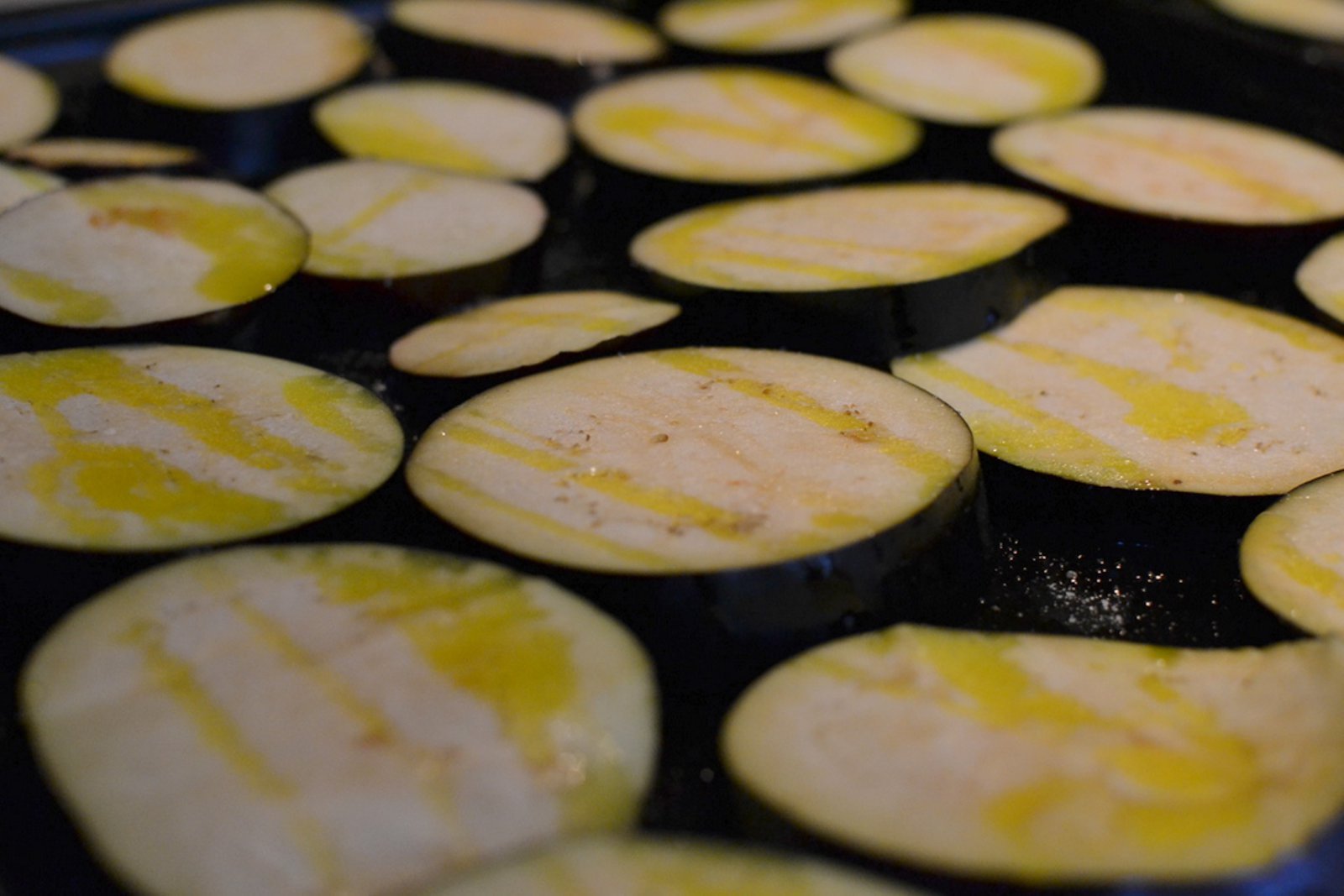 |
| Seasoned and drizzled in oil before placing in a hot oven |
Melanzane alla Parmigiana - Eggplant Parmesan with Garlic bread and Red Wine
This is an easy dish whose outcome relies on the use of high quality ingredients. We tried to make this a simple as possible. And even though the dish is called 'alla parmigian' we also used mozzarella. This was done not only for purposes of flavor, but also to save some cash - mozzarella is of course a whole lot less expensive than parmesan cheese.
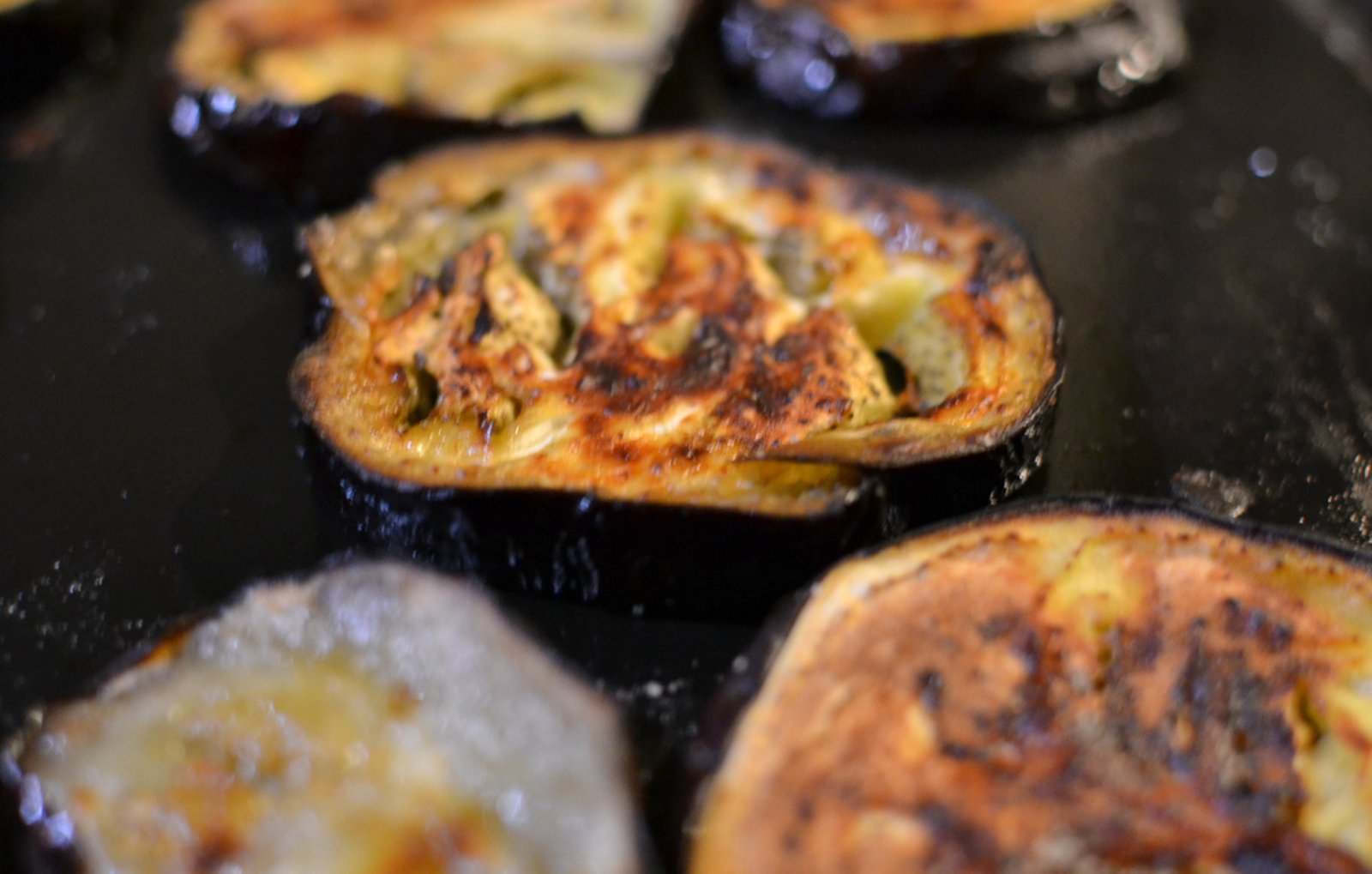 |
| The now browned slices of eggplant have transformed in taste during cooking |
First, prepare the eggplant. Slice 3-4 eggplants into slices, which are placed on paper towels and generously salted. Soon the eggplant will begin to sweat and bubbles of liquid will emerge on the surface, which the paper towel will absorb - make sure you salt both sides of the slice. This time we decided to cook the eggplant in the oven (deep frying it is reserved for novel occasions). It was brushed with extra virgin olive oil and baked in a 200 degree pre-heated oven until it began to take on a beautiful golden color. Remove from the oven and set aside.The eggplant is quite the resilient thing and can withstand a lot of cooking without effecting the flavor - so don't worry if it looks a bit charred - it will still taste fantastic.
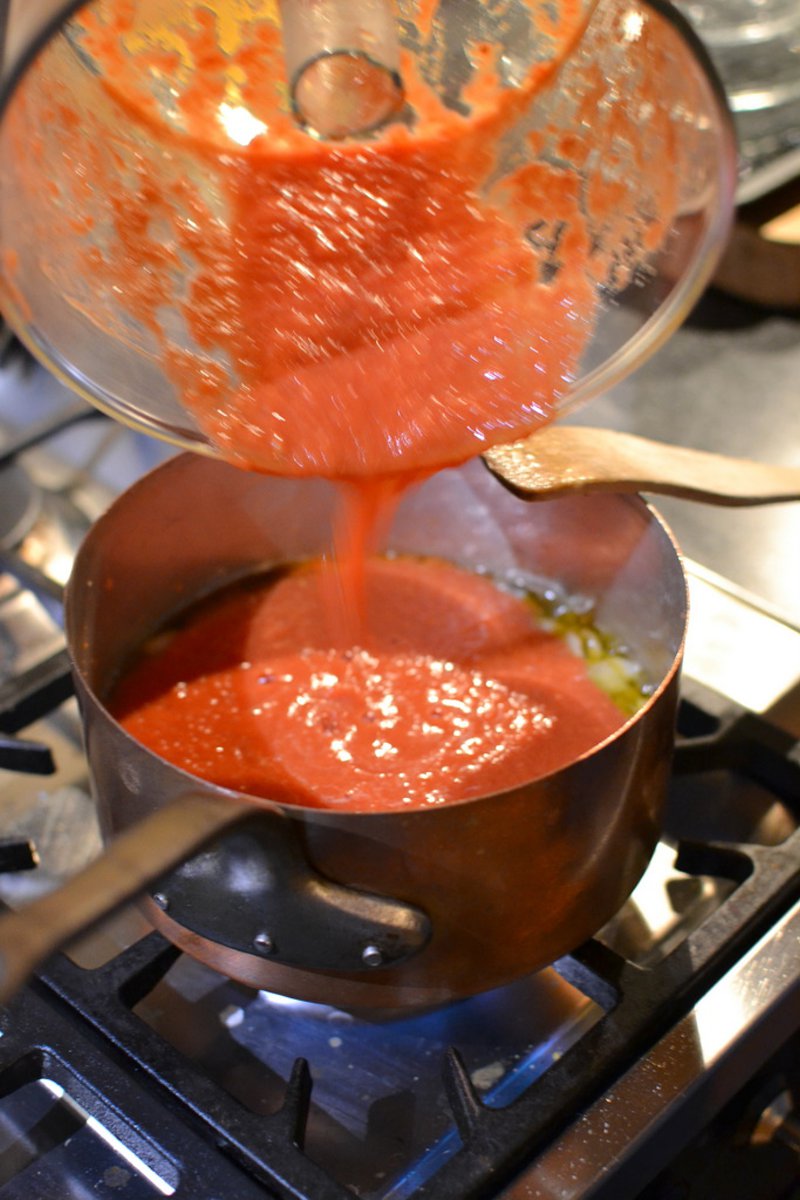 |
| Heated on the stove |
Cook up a simple tomato sauce. Chop 1 onion, 2-3 cloves of garlic and fry for a few minutes on hot oil until the onion is translucent. Pour in two cans of good Italian canned tomatoes and season to taste with salt and pepper. Then add 2 tablespoons of tomato puree and 2-3 tablespoons of finely chopped parsley. Sometimes you need to add a pinch of sugar/syrup or even ketchup (I said it) if the tomatoes are sour. Allow it to reach a boil, turn down the heat and leave it on a lazy simmer.
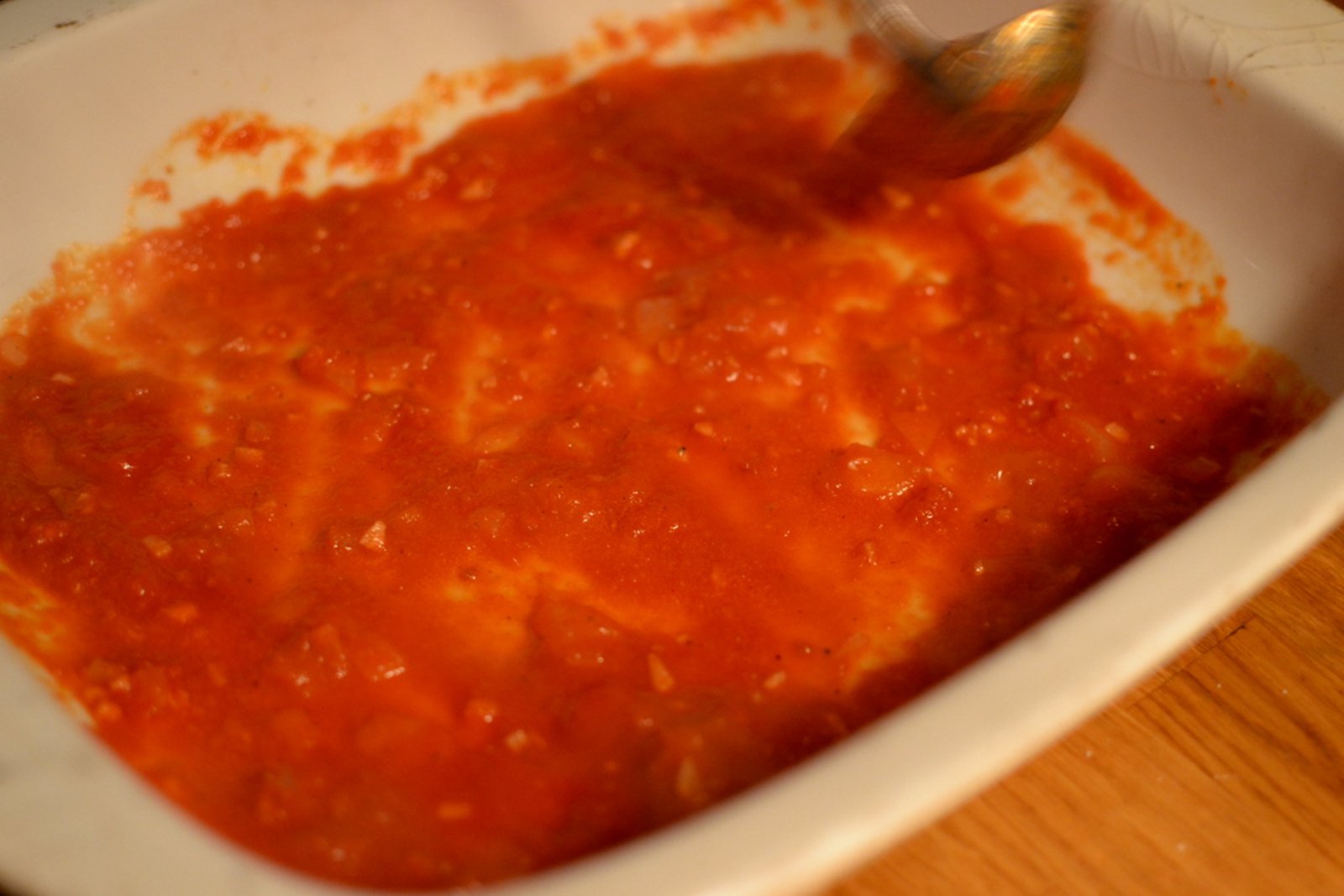 |
| Homemade tomatosauce is always a treat |
Next slice down two balls of mozzarella cheese as thinly as possible. Then you grate as much parmesan cheese as your budget allows - maybe 100-150 grams (what does this say about my economic status?). Nothing remains but to assemble the dish together in an ovenproof dish. First pour tomato sauce into the bottom, then slices of eggplant, next mozzarella/parmesan, and finally crown it with a few scattered leaves of fresh basil. Repeat the same steps for the next layer until none of the ingredients remain.
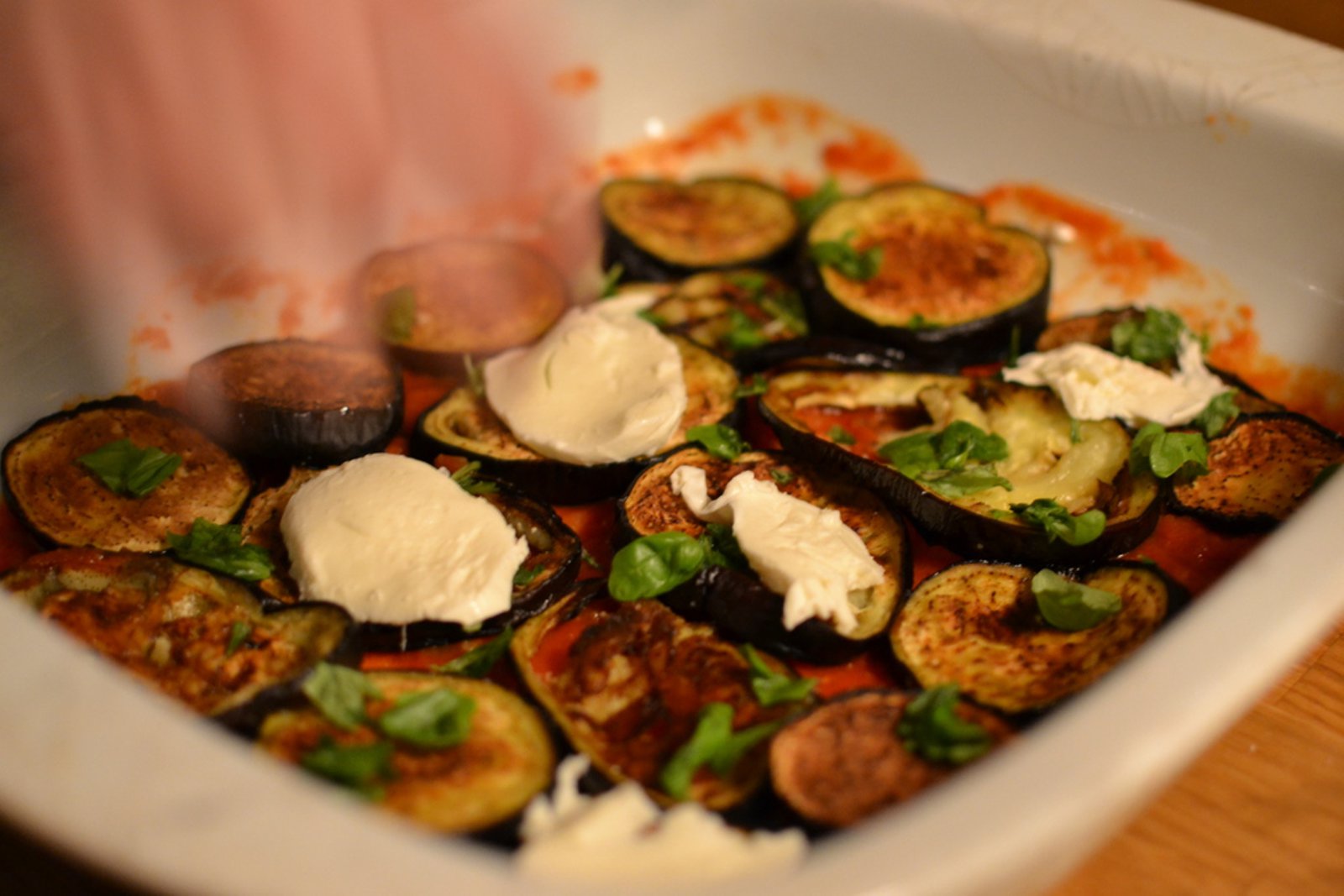 |
| The ingredients are added in layers |
As the finishing move, we distributed a mixture of breadcrumbs and cheese on top. Handful of breadcrumbs and handful of parmesan cheese are stirred together in a bowl and moistened with 2-3 tablespoons of good olive oil.
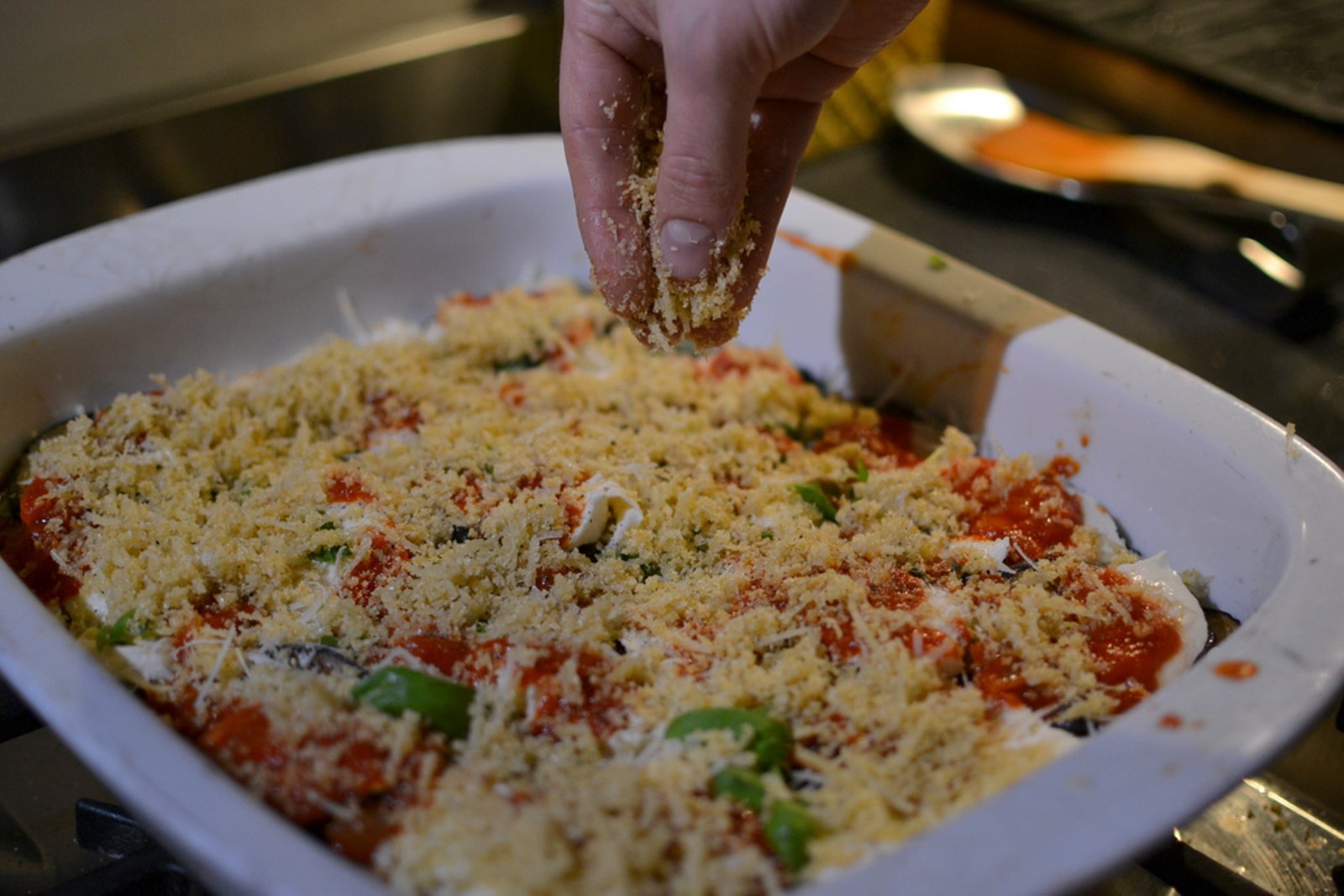 |
| The crumbs are spread evenly |
The crumbly mix is then sprinkled over the dish which is then transferred into a pre-heated over and baked for 30-40 minutes until the tomato sauce is bubbling and the top layer is golden brown and crunchy.
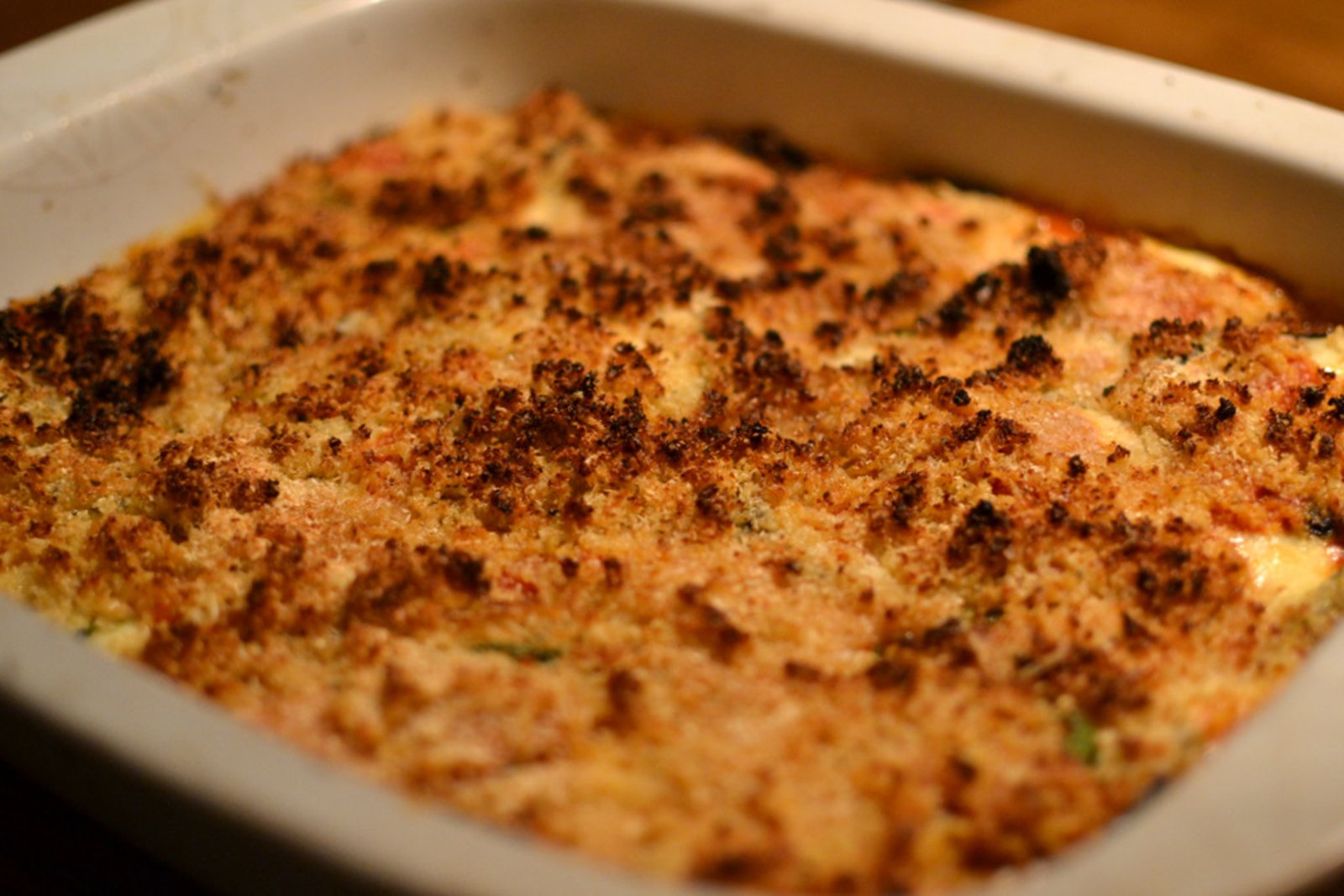 |
| The Parmigiano cheese/breadcrumbs crispen up during the cooking |
Served with garlic bread - we bought a baguette from the store which we halved and richly brushed with garlic oil along with a sprinkle of salt and pepper, and baked in the oven for 10-15 minutes until it had taken a golden color. We also had a lovely salad using a few types of lettuce from my vegetable garden which was tossed in a simple lemon vinaigrette.
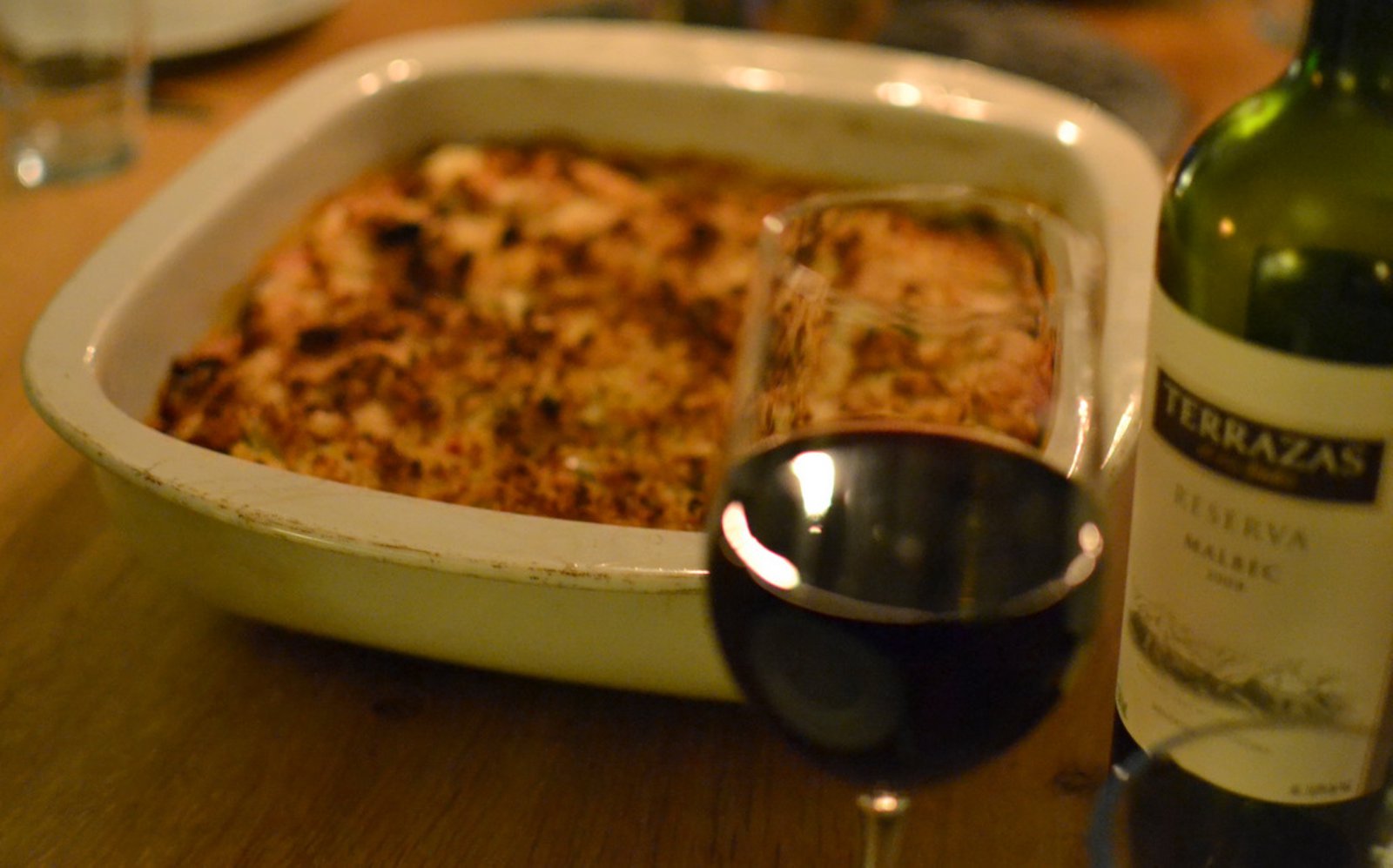 |
| Served with a glass of wine |
We drank a very nice wine with the meal, which we have had a few times before. Maybe I should have served an Italian wine with the food but this one actually made a lovely accompaniment. The wine is from Argentine - close to the Andes mountains as the name implies: Terrazas de los Andes Malbec Reserva, from 2008. The wine is dark in the glass. Considerable fruit and spicy aroma which appears in the flavor as well. Good aftertaste - earthy and long-lasting.
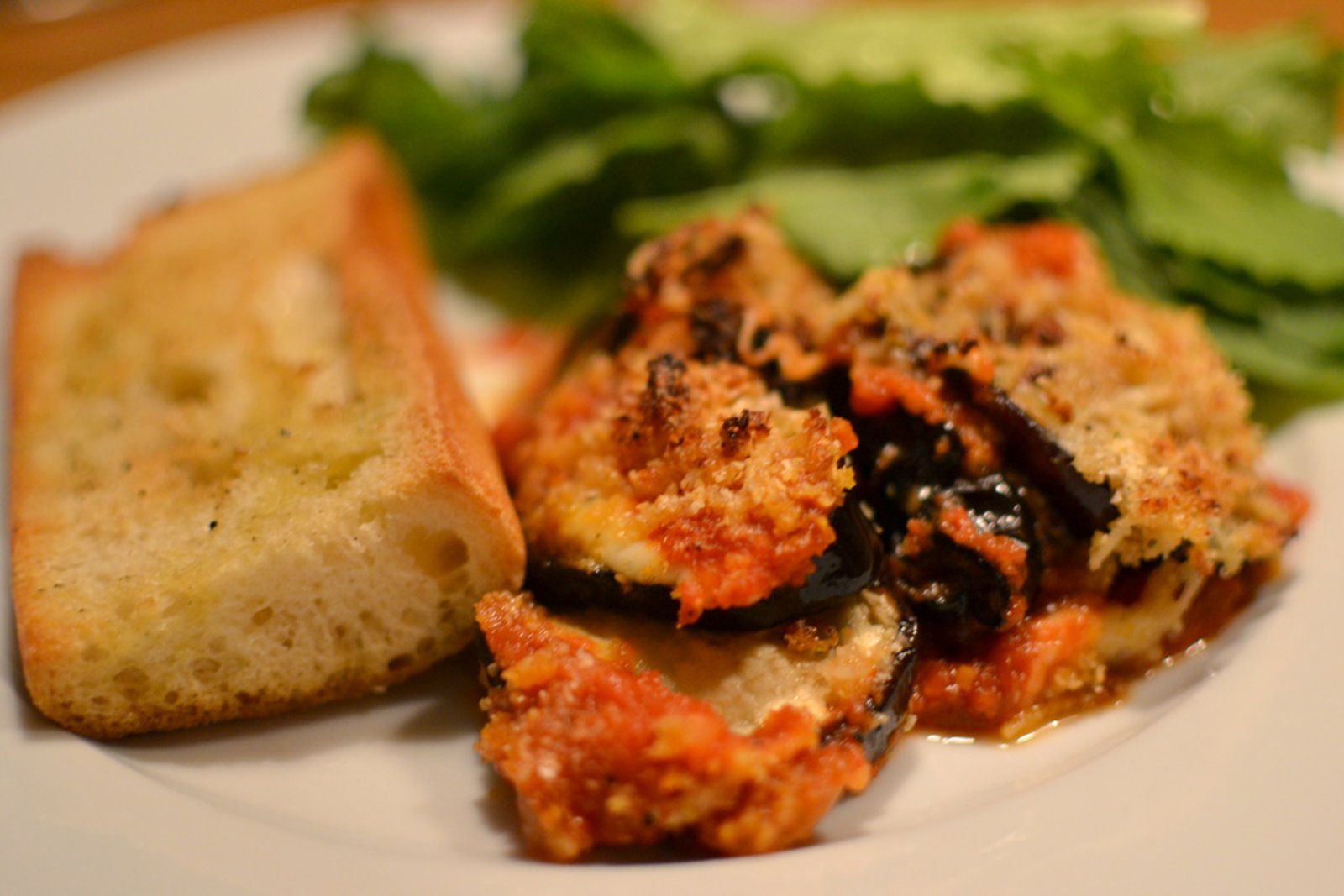 |
| Dinner is ready: pungent Melanzane alla Parmigiana |
Bon appetit!

